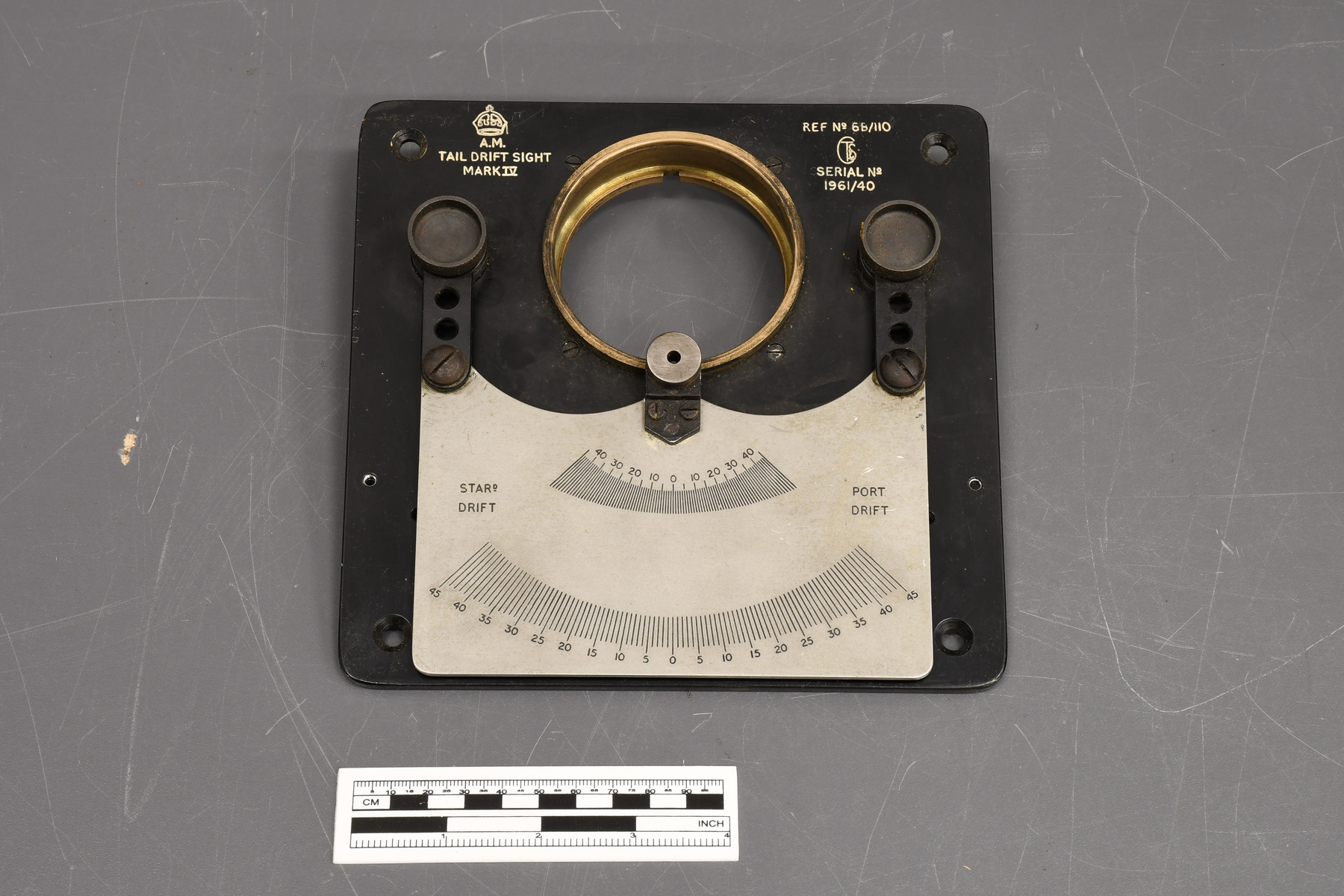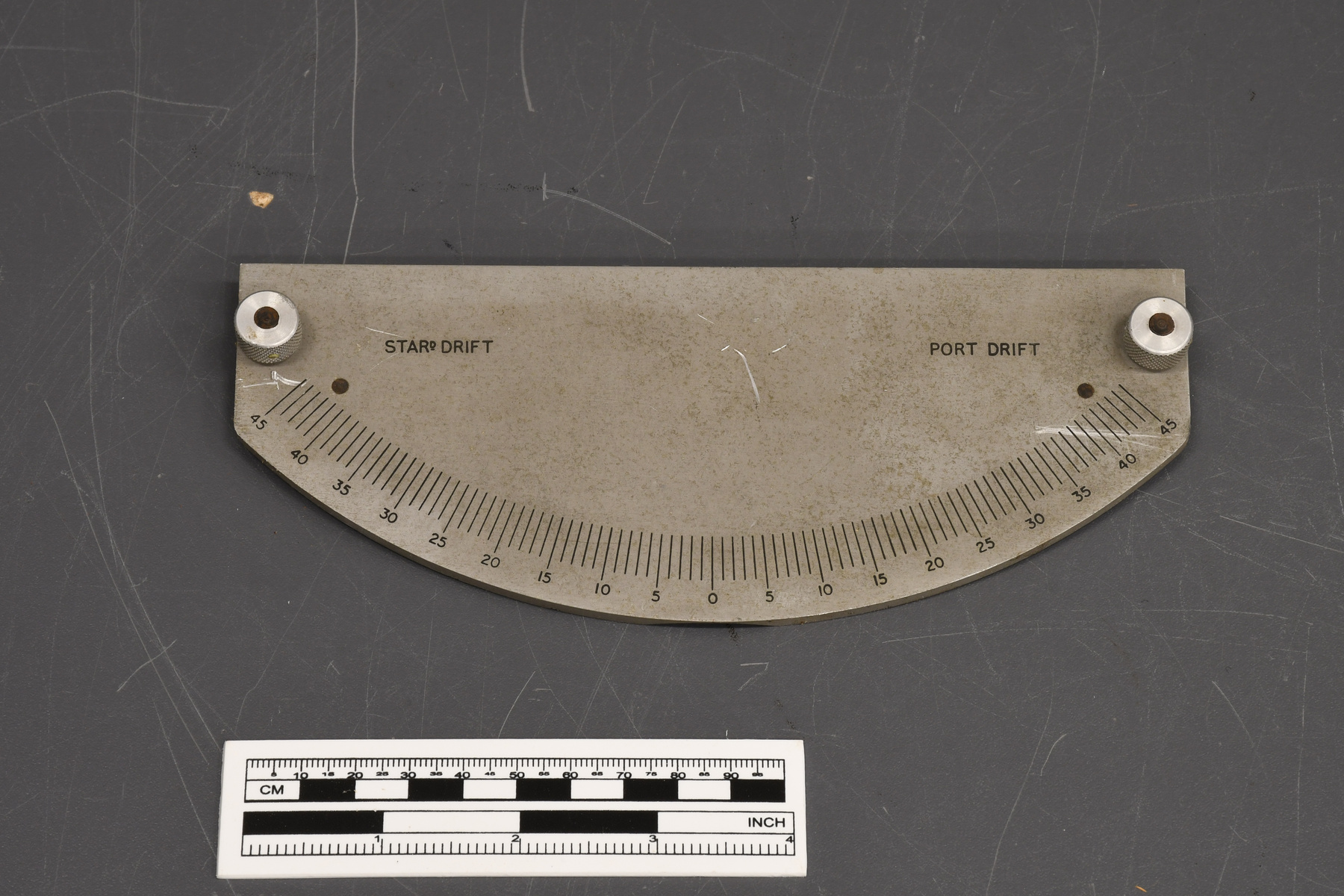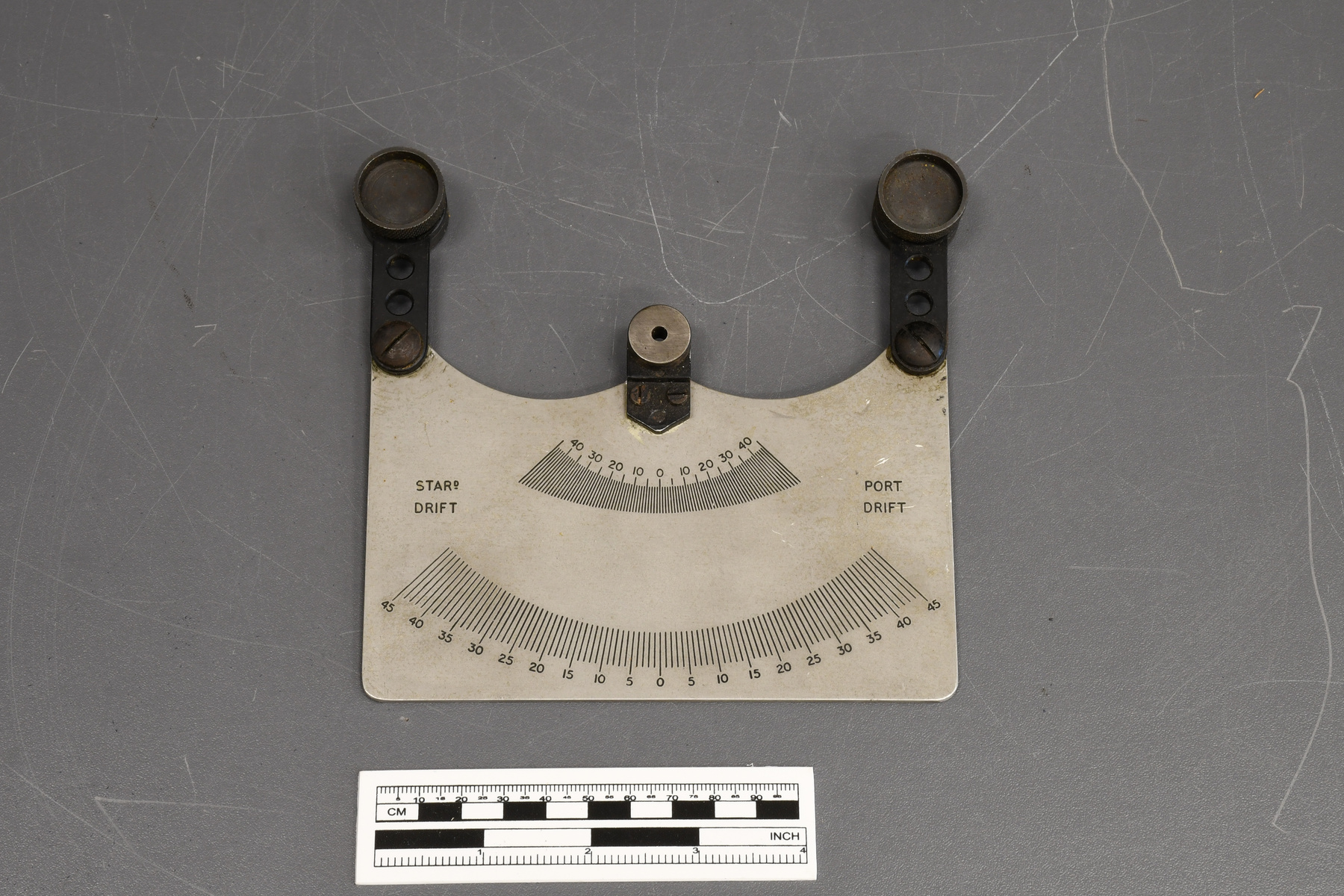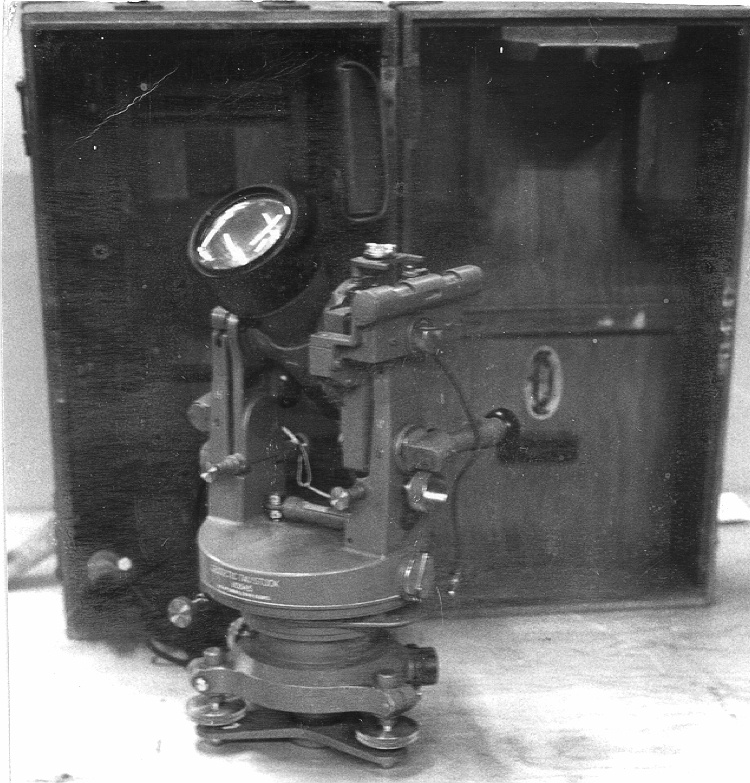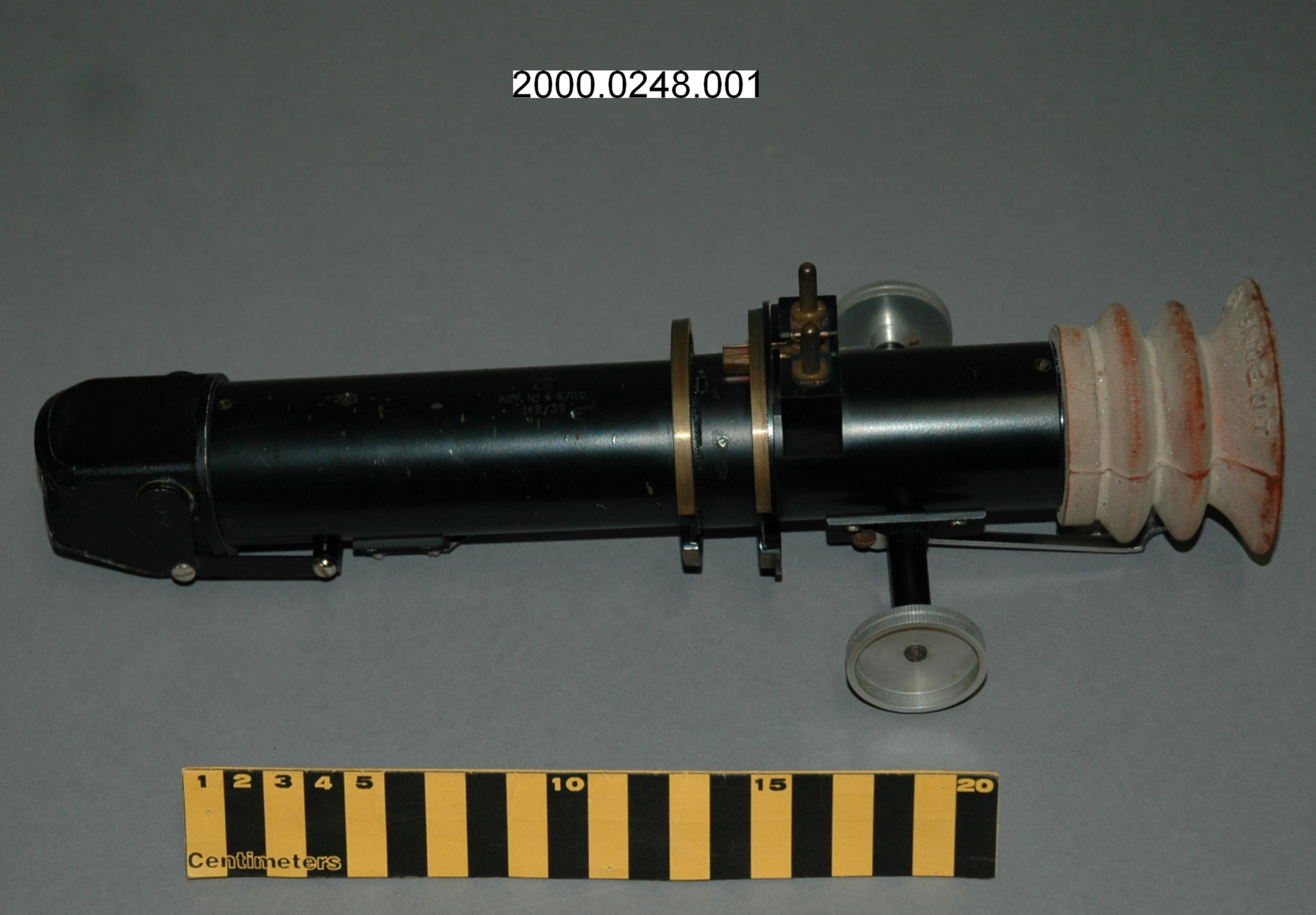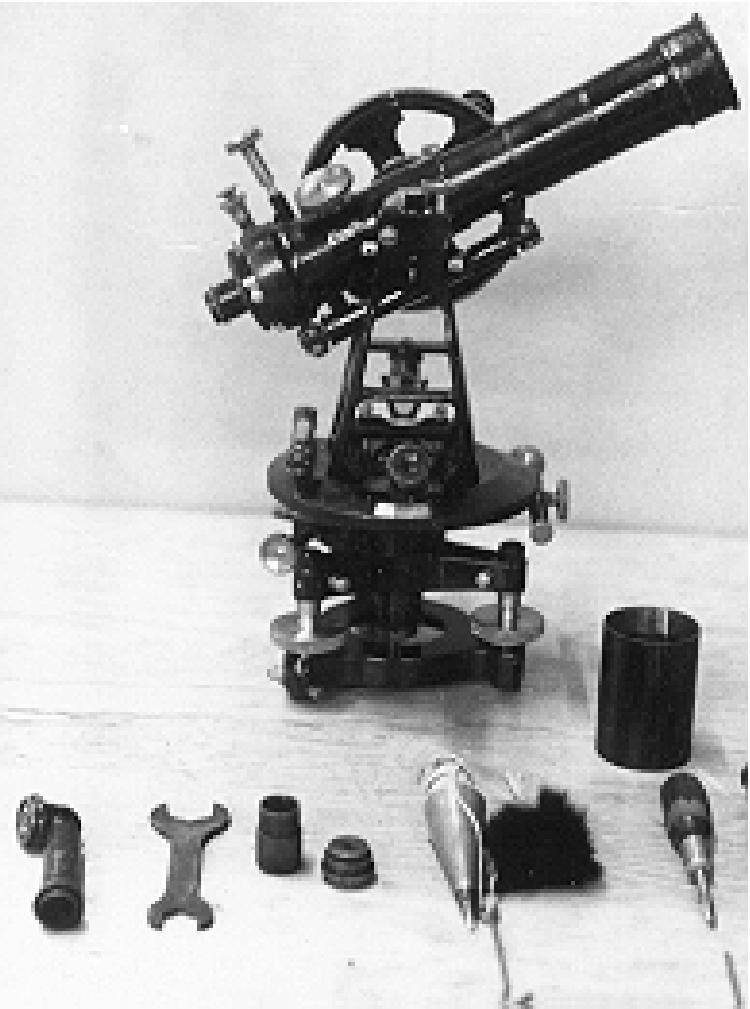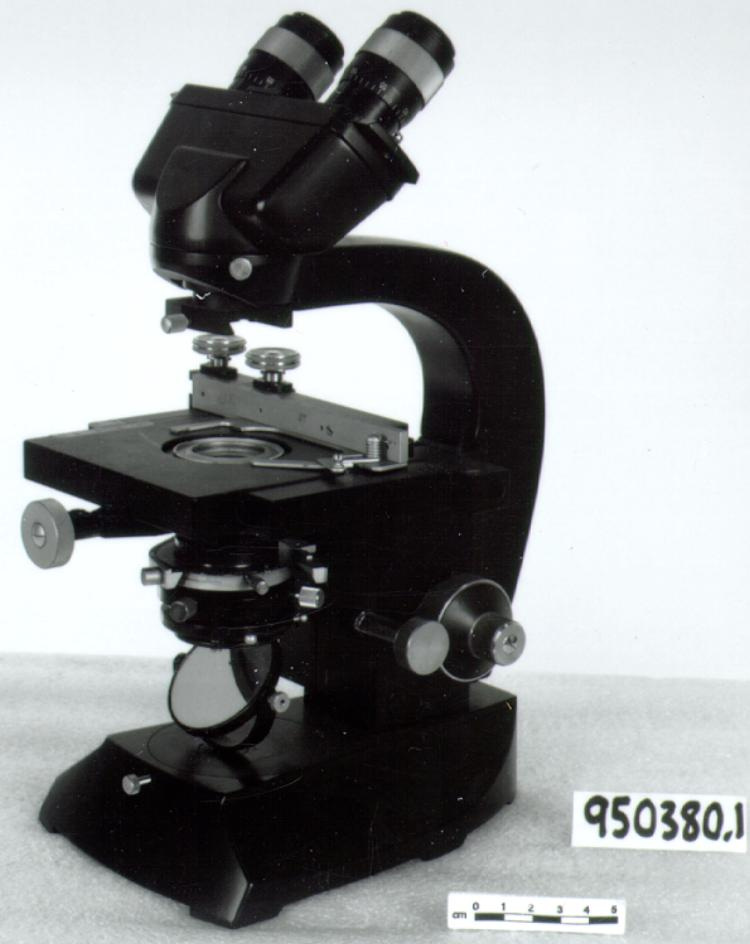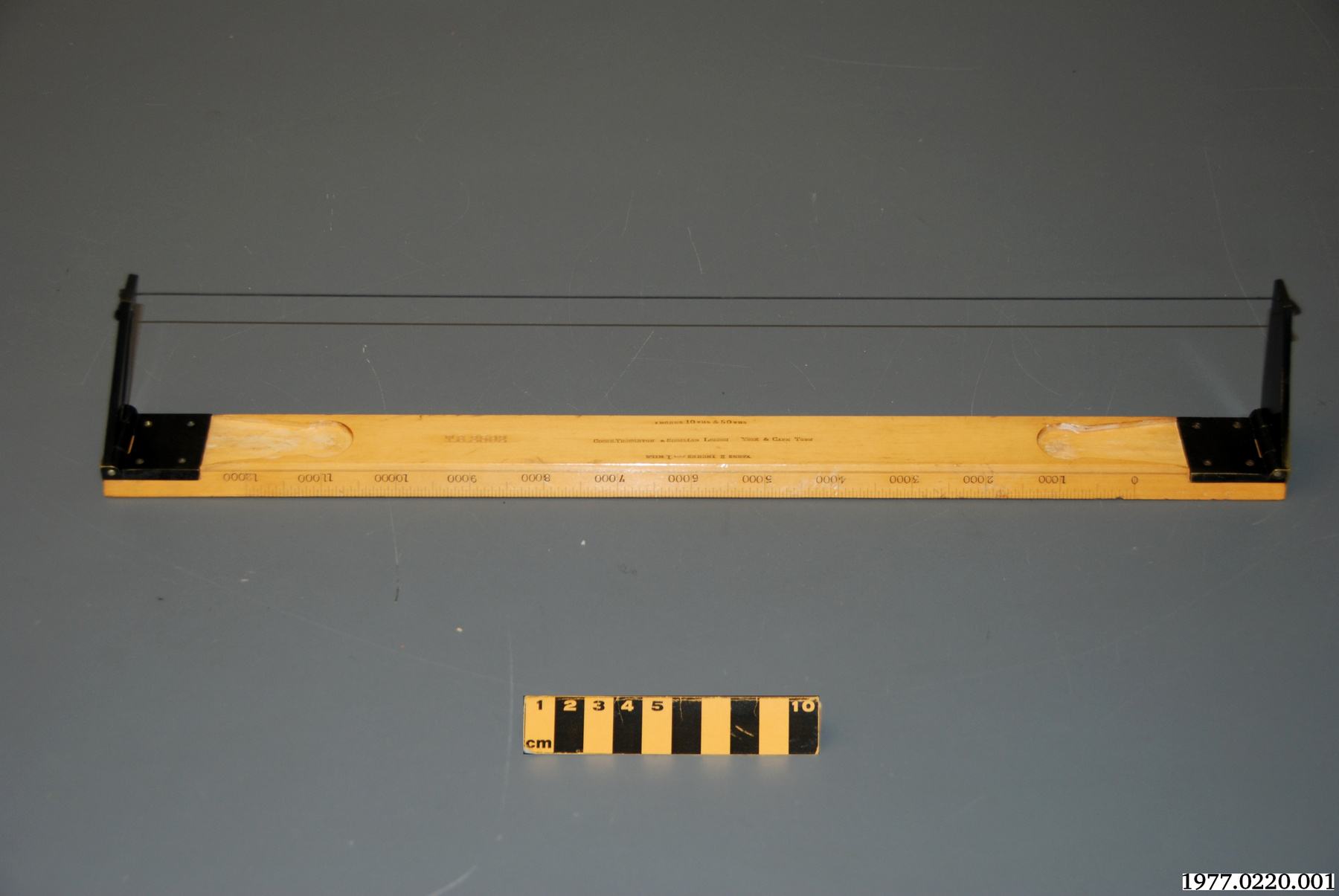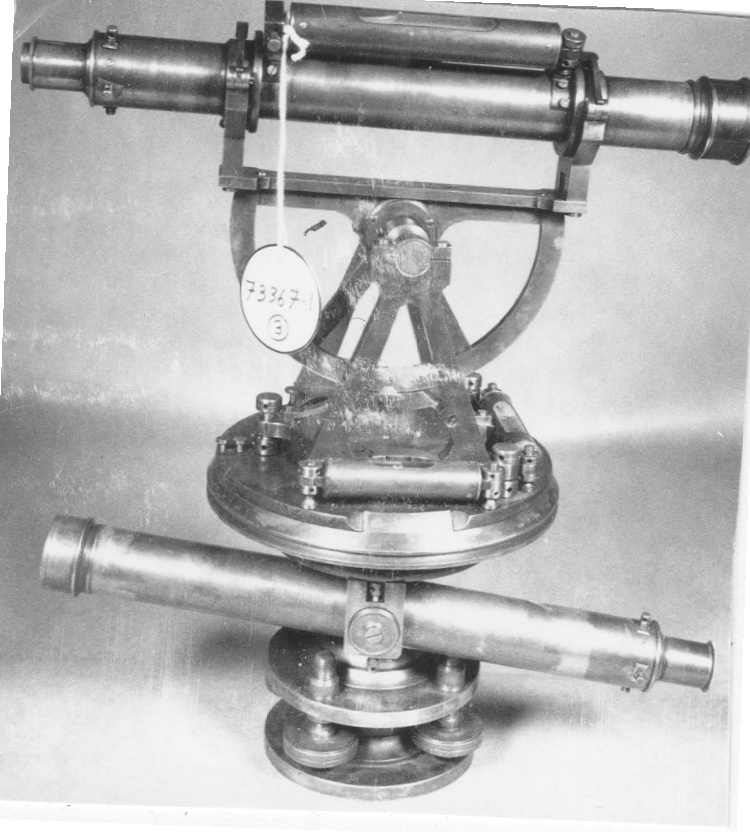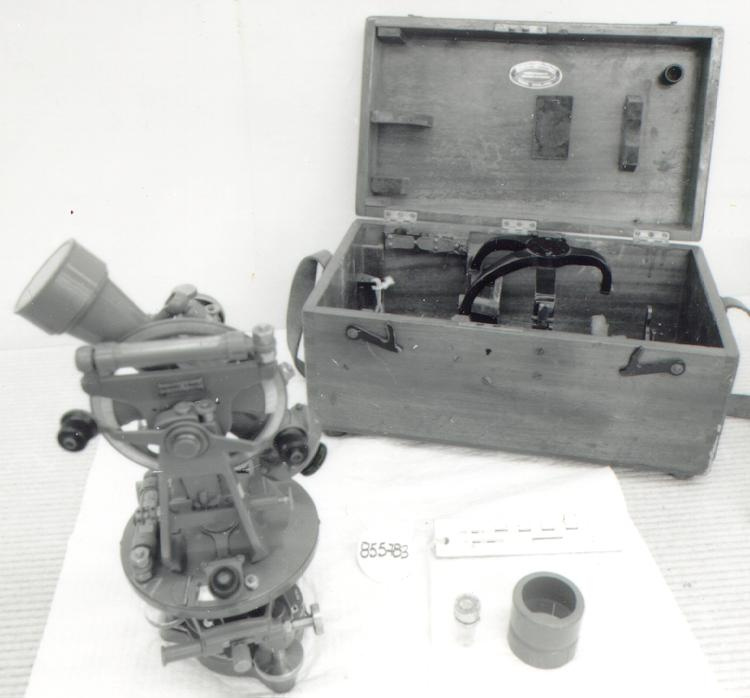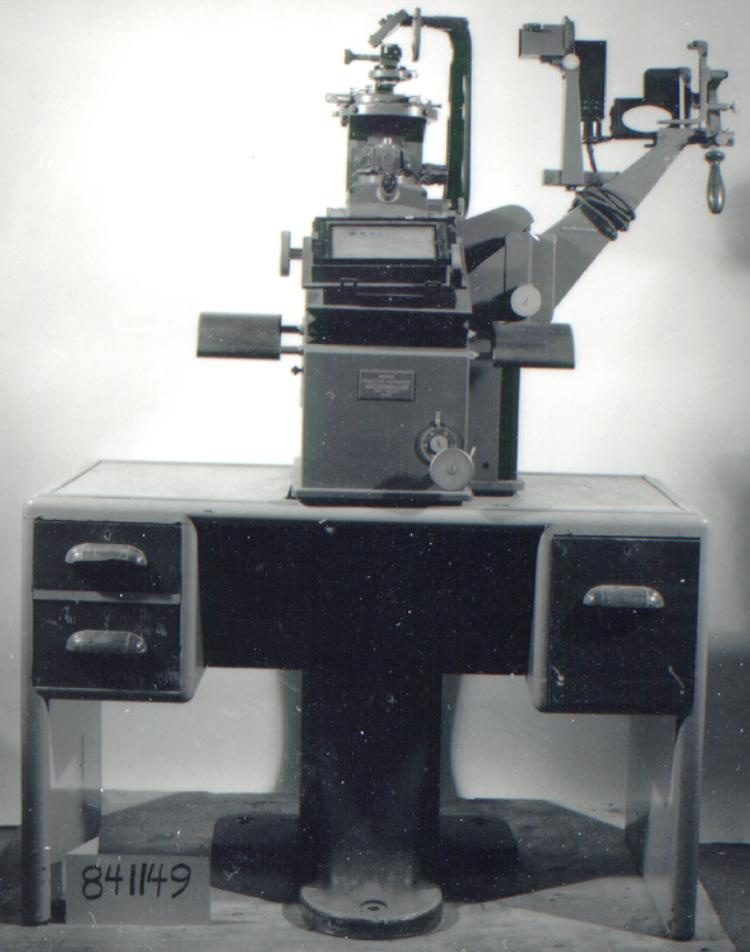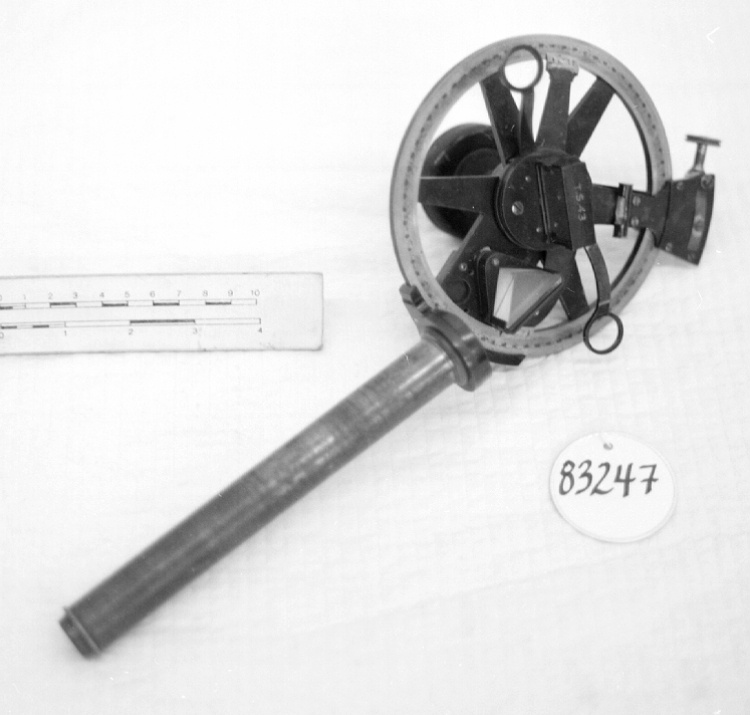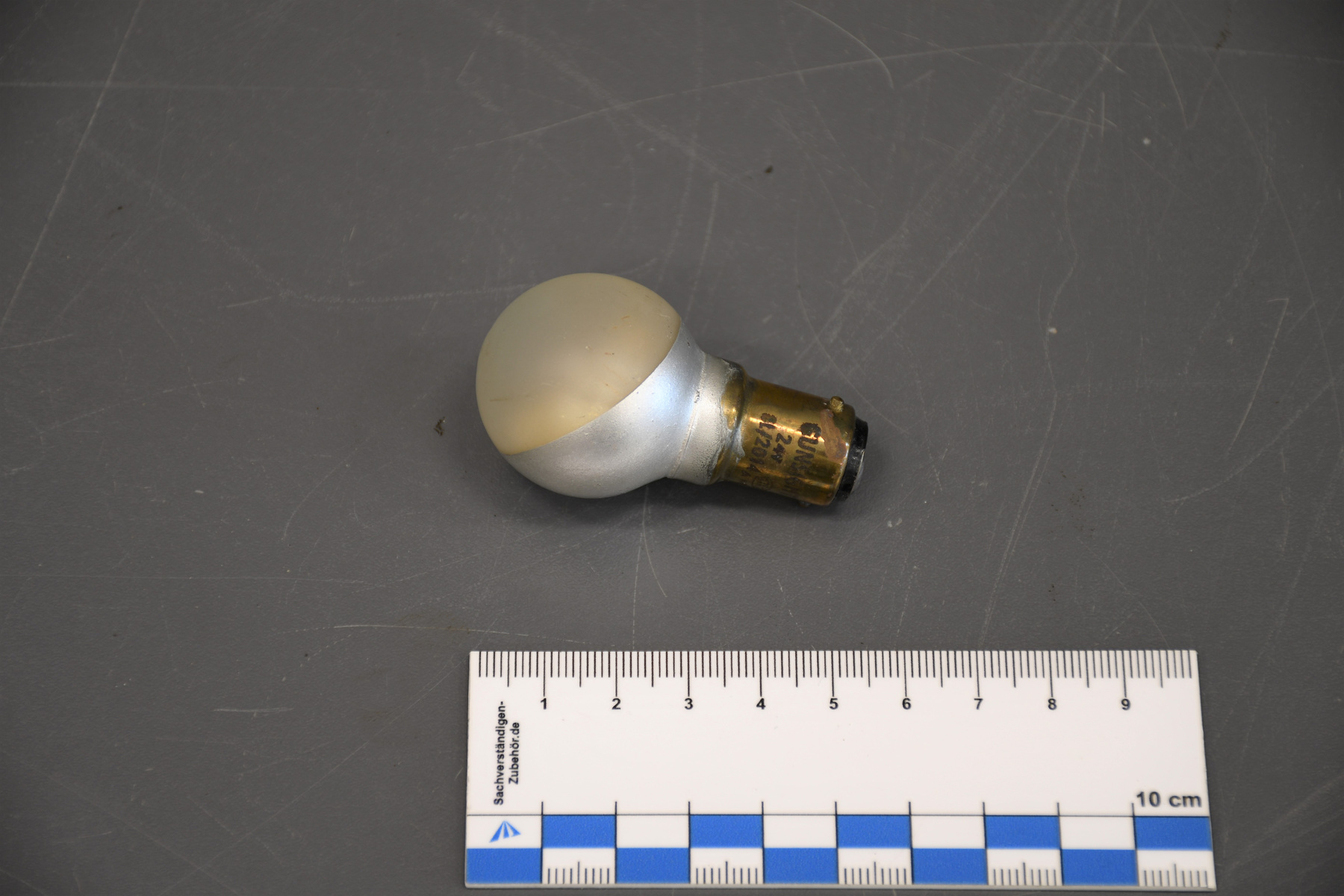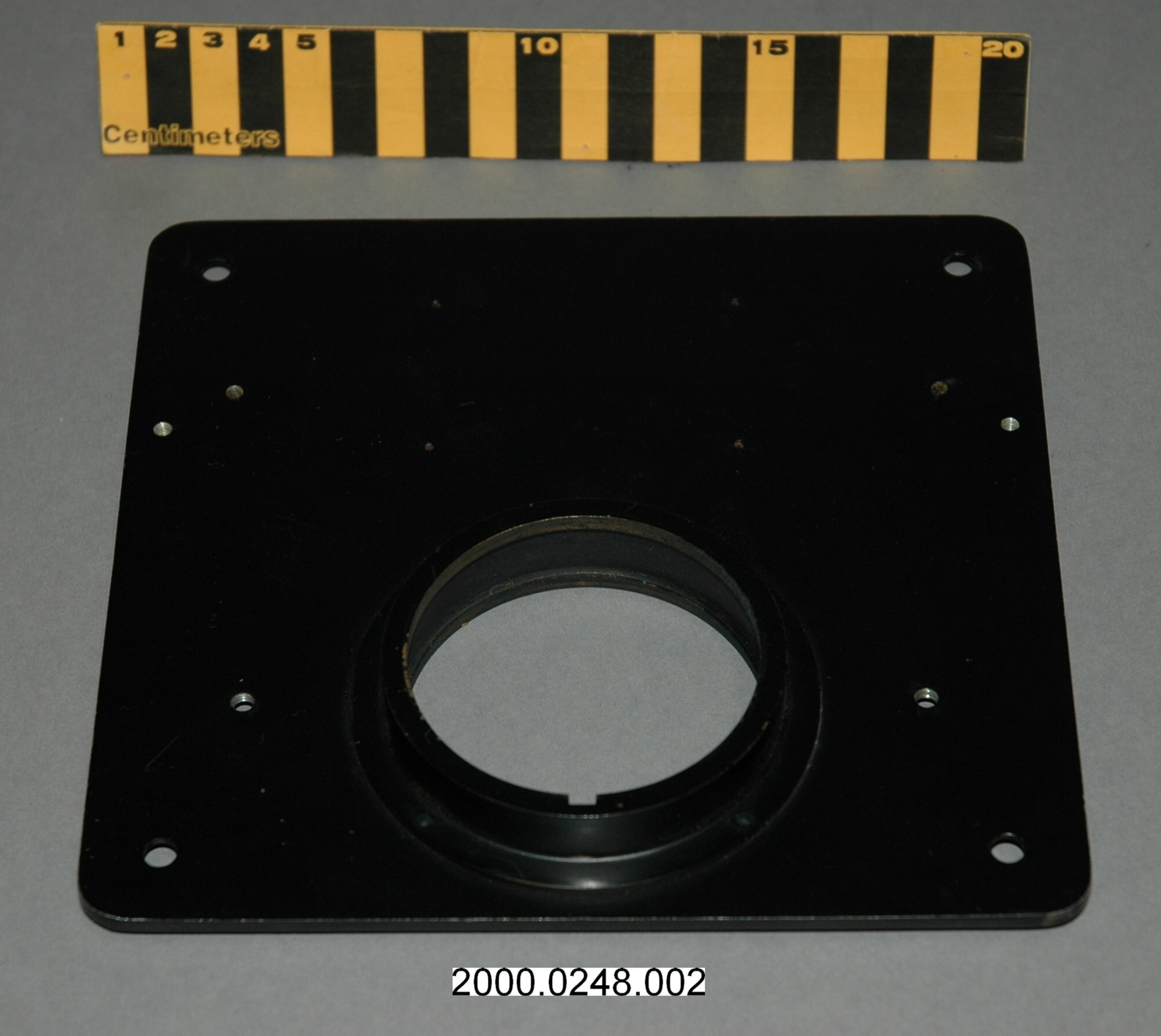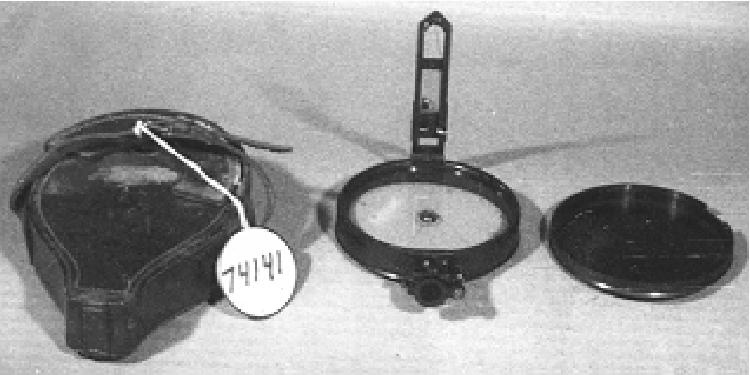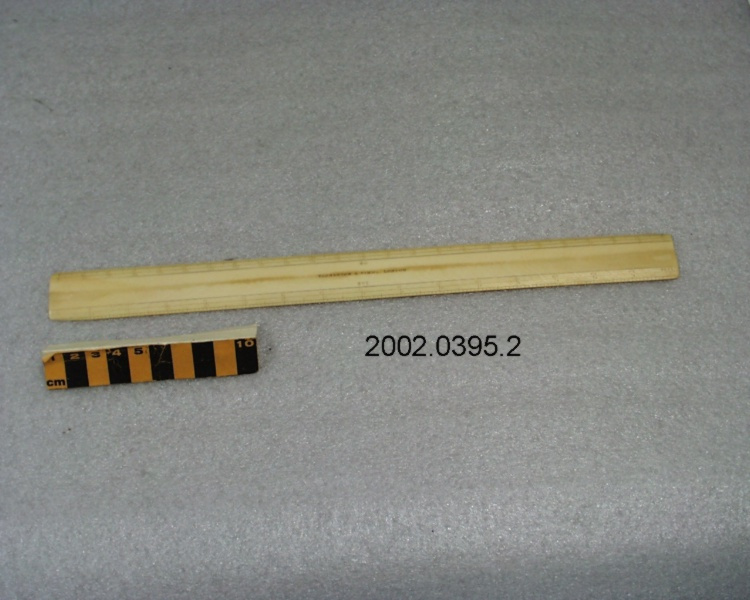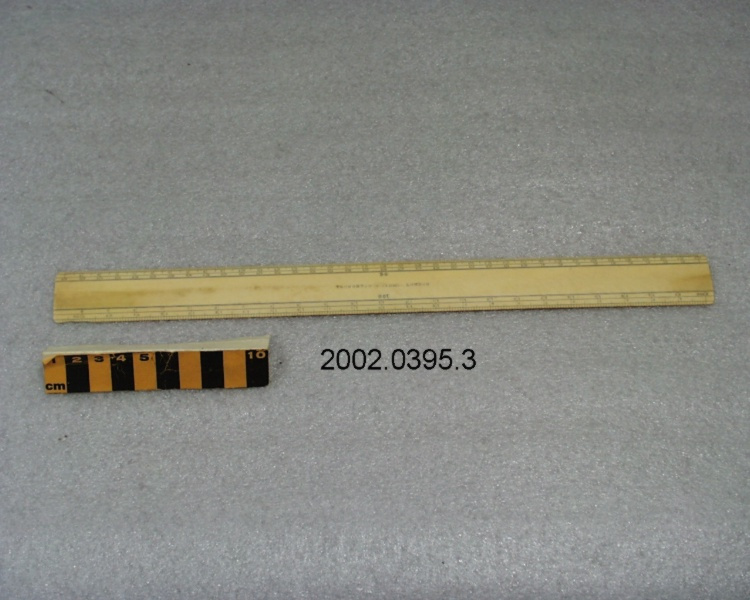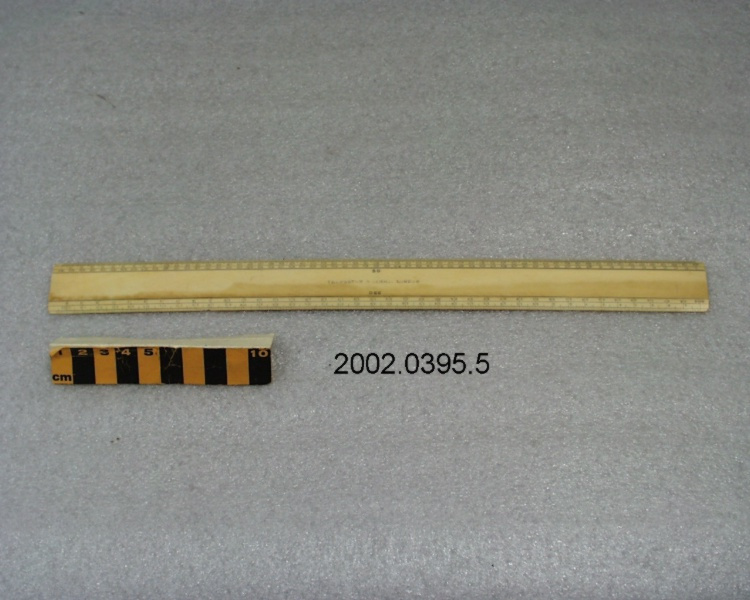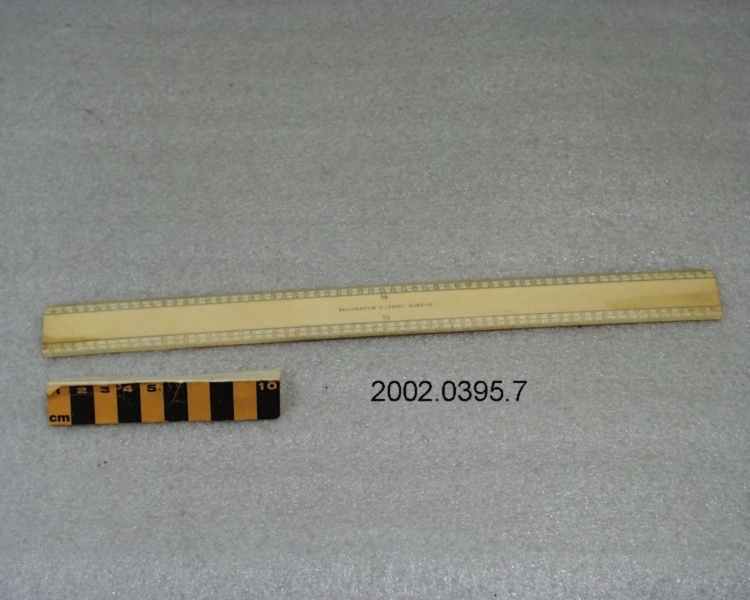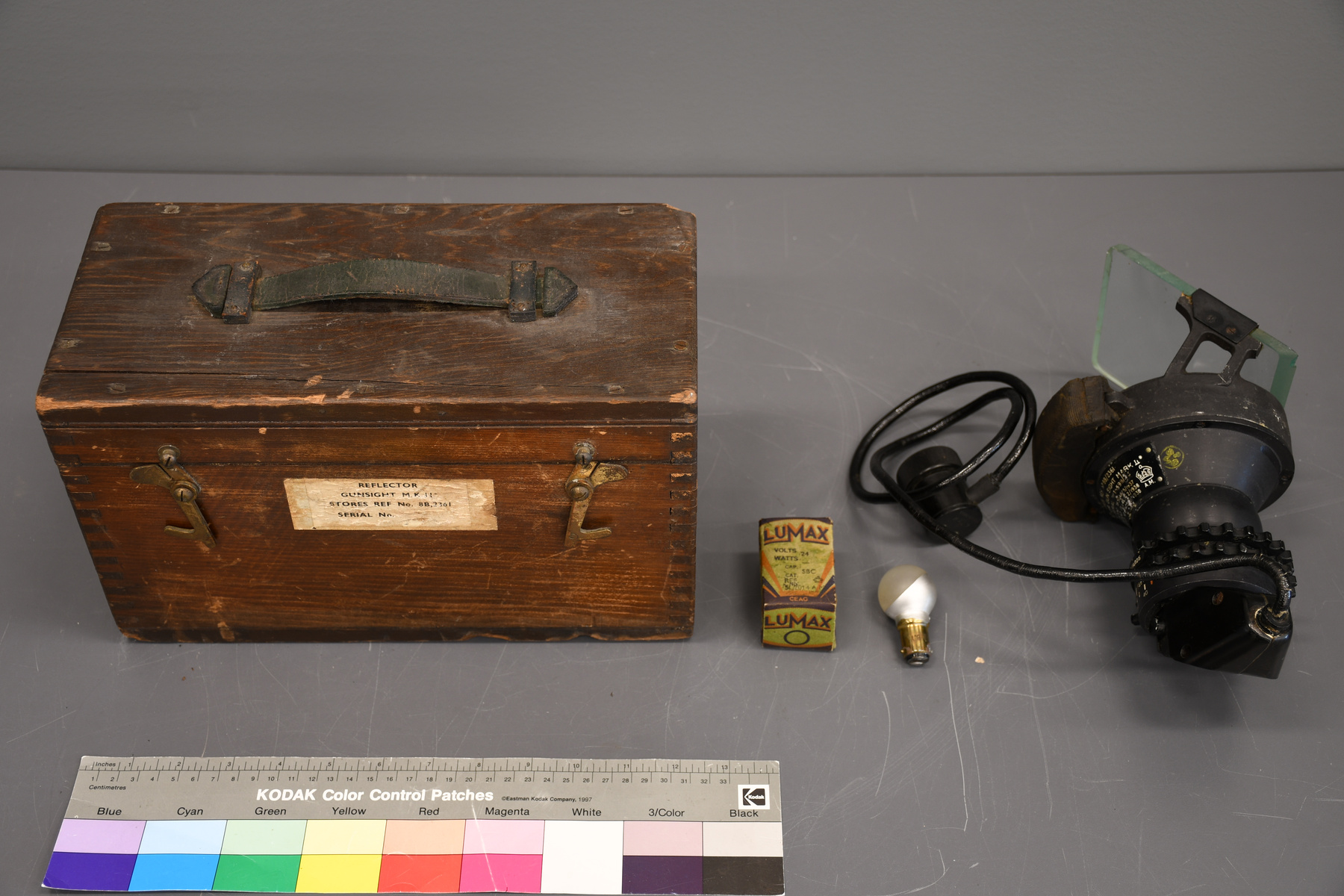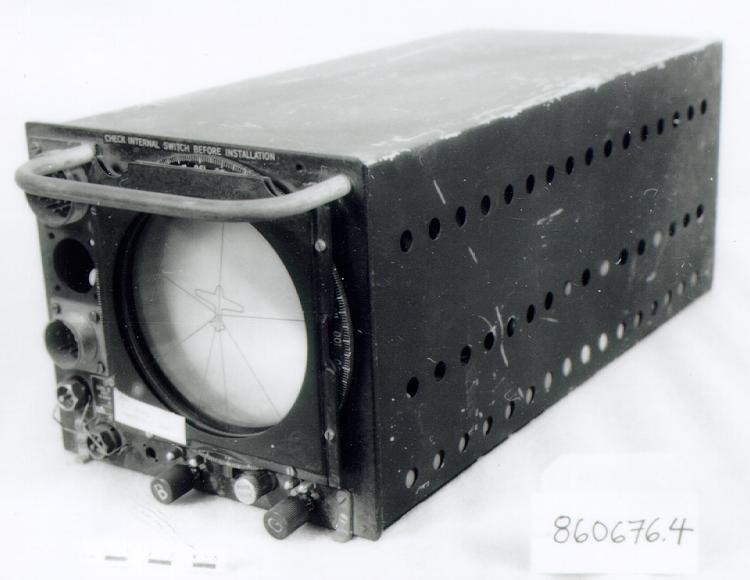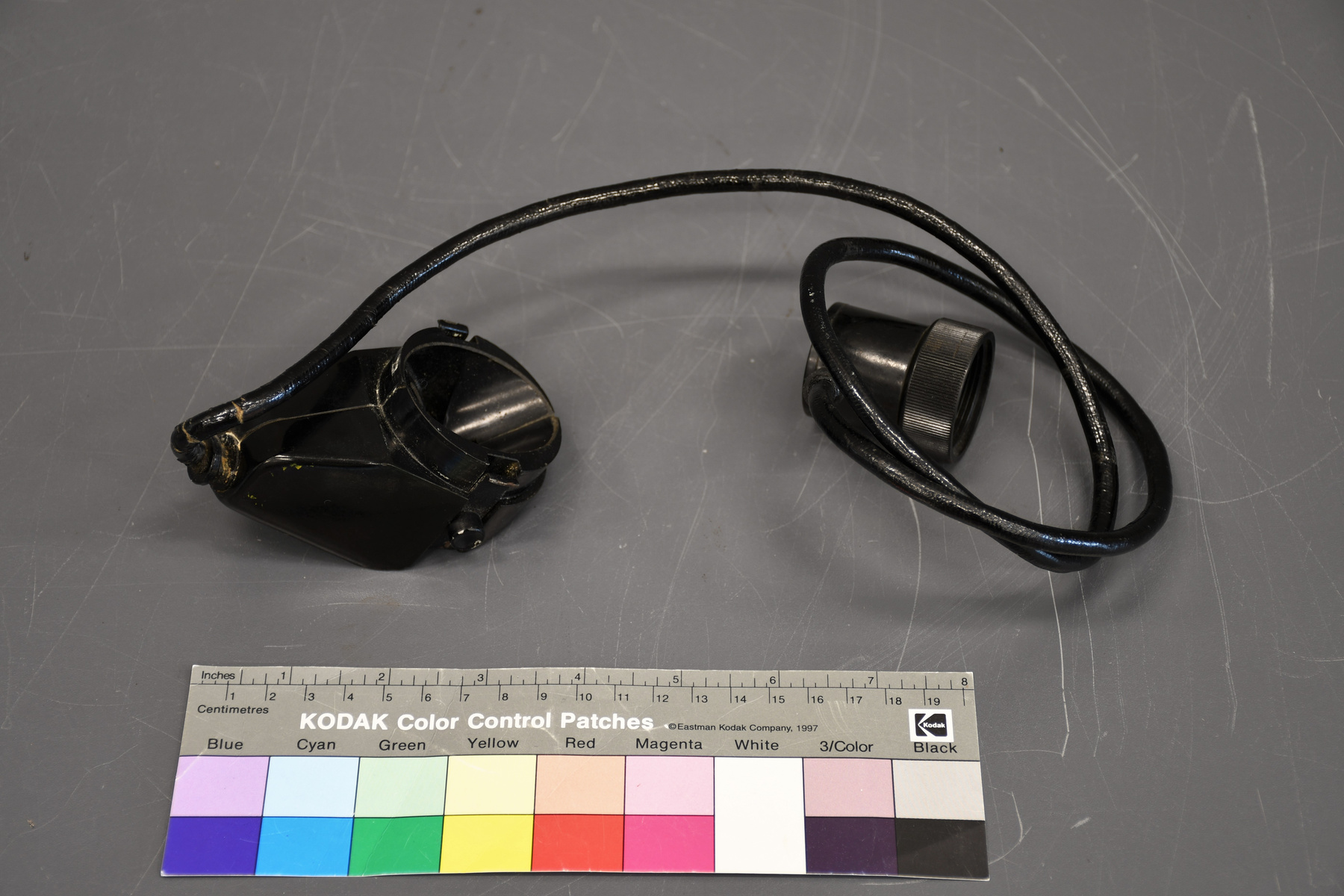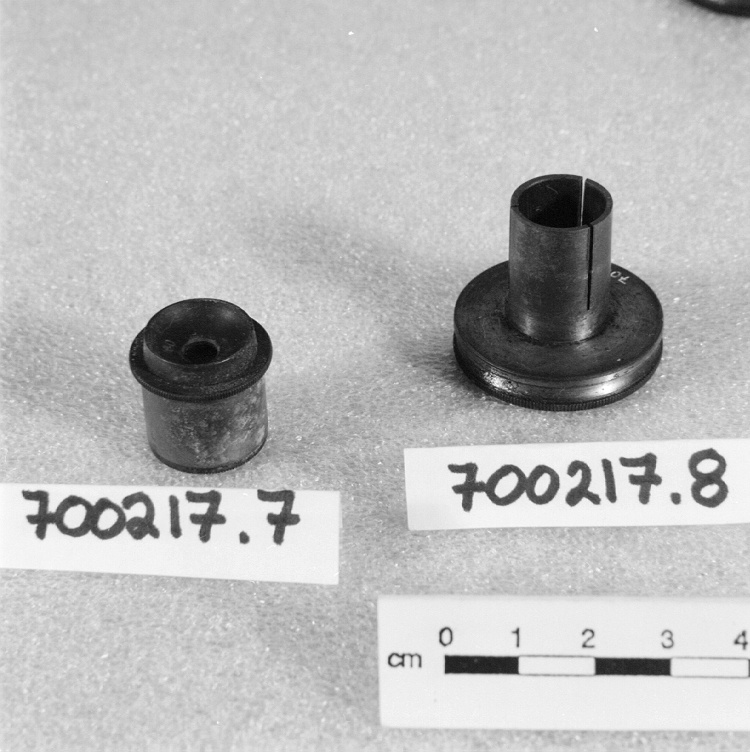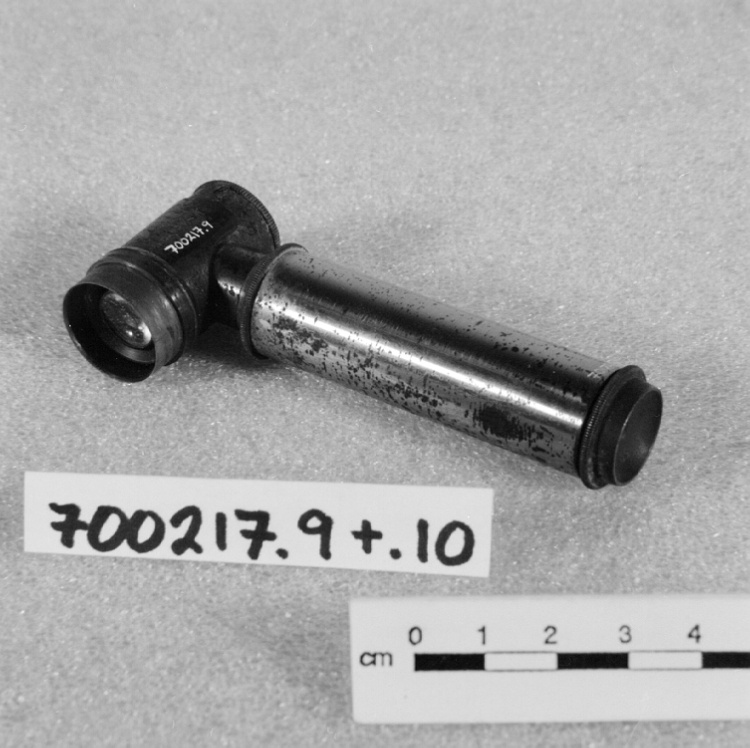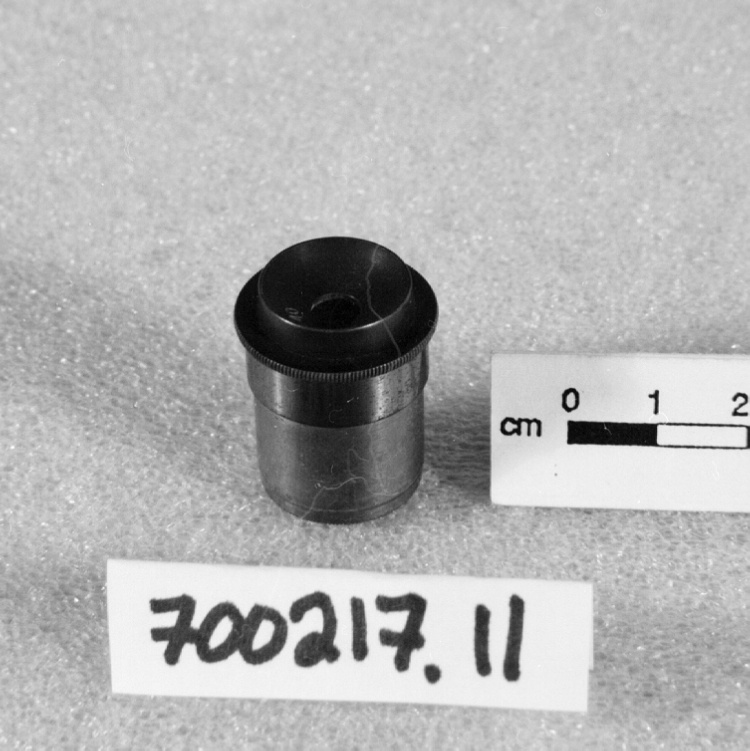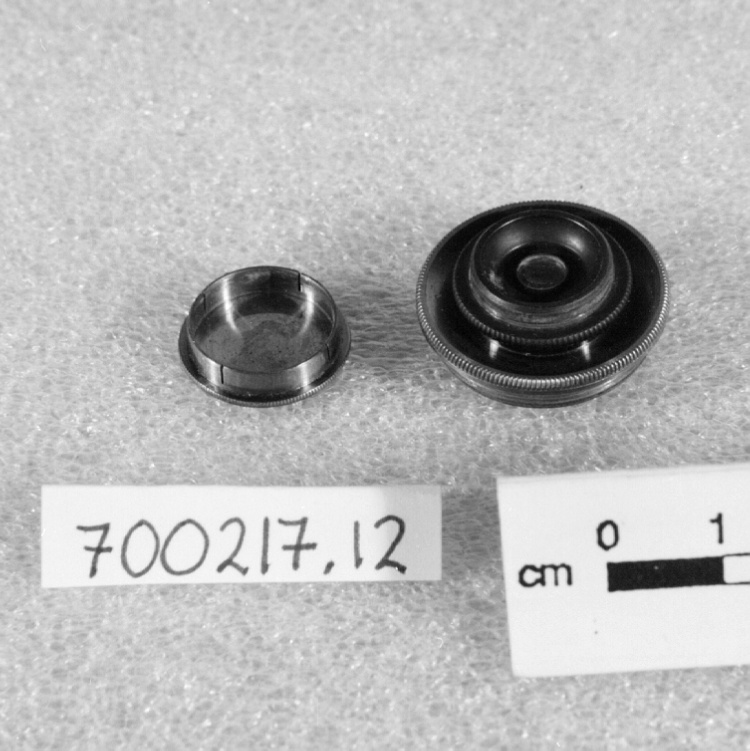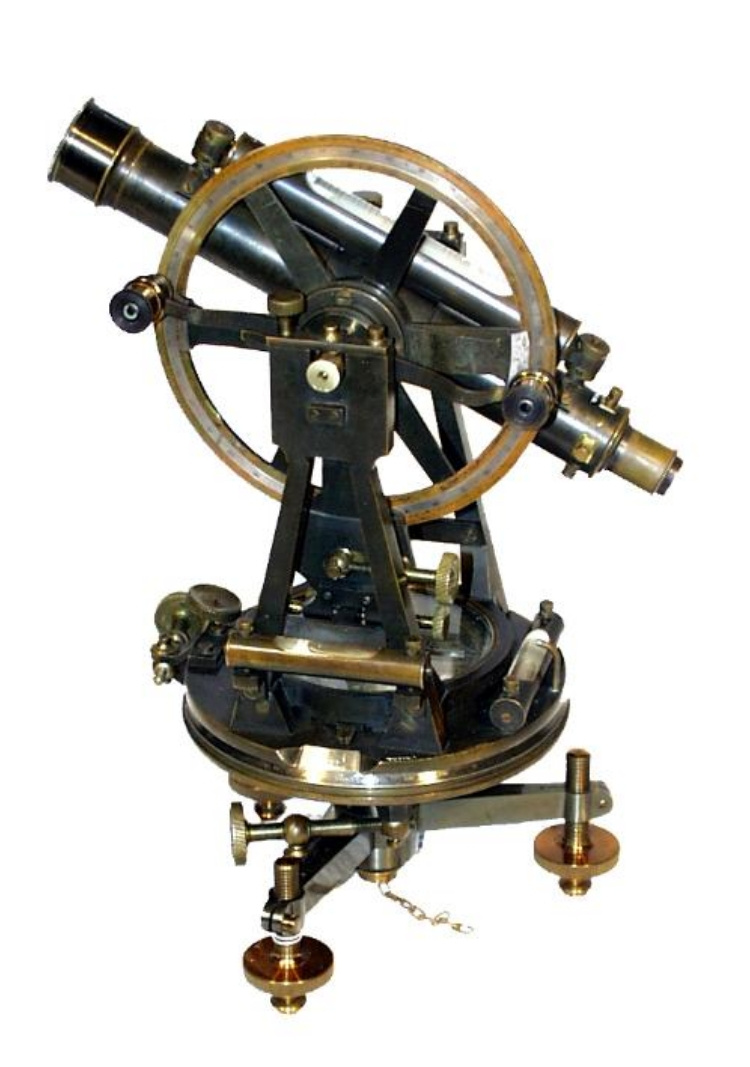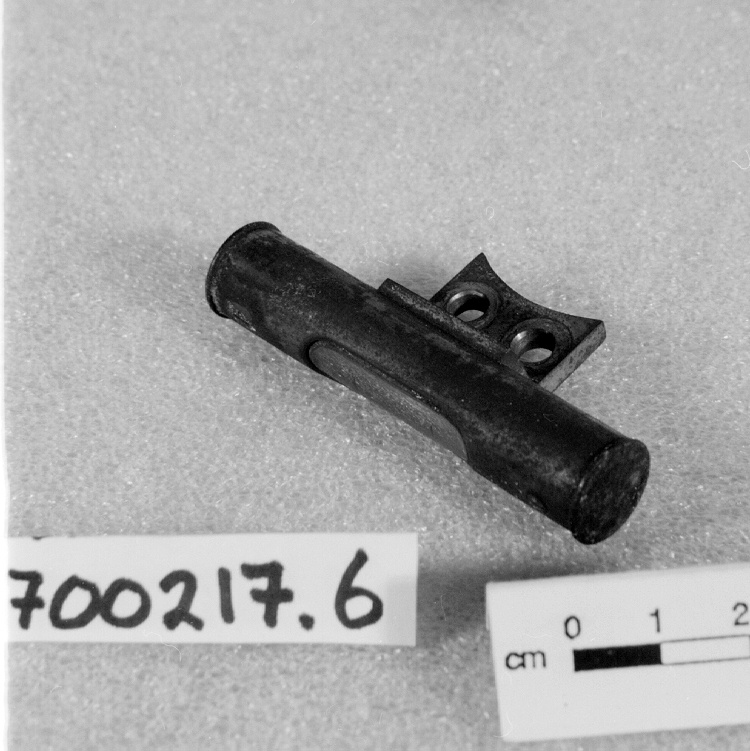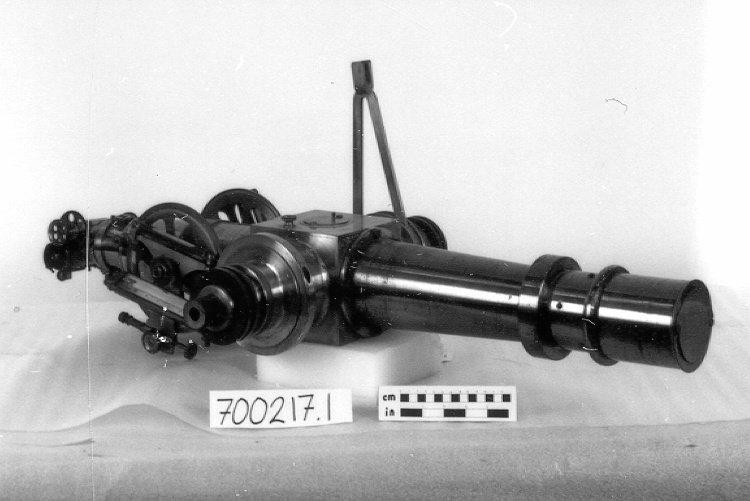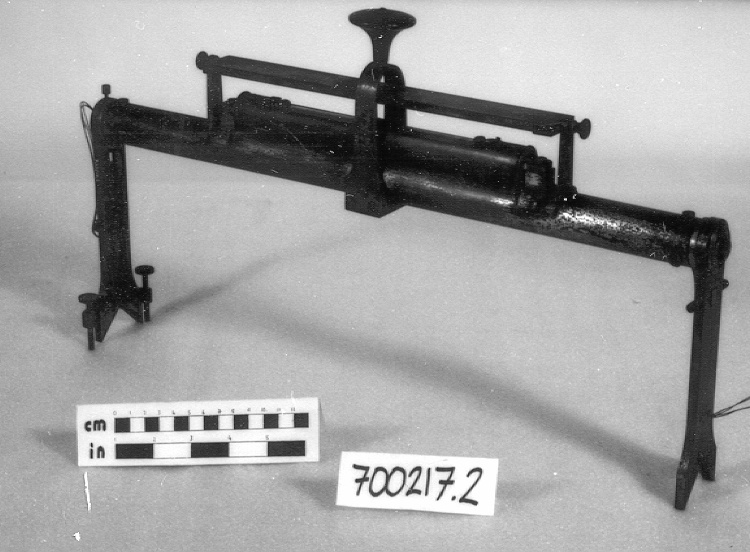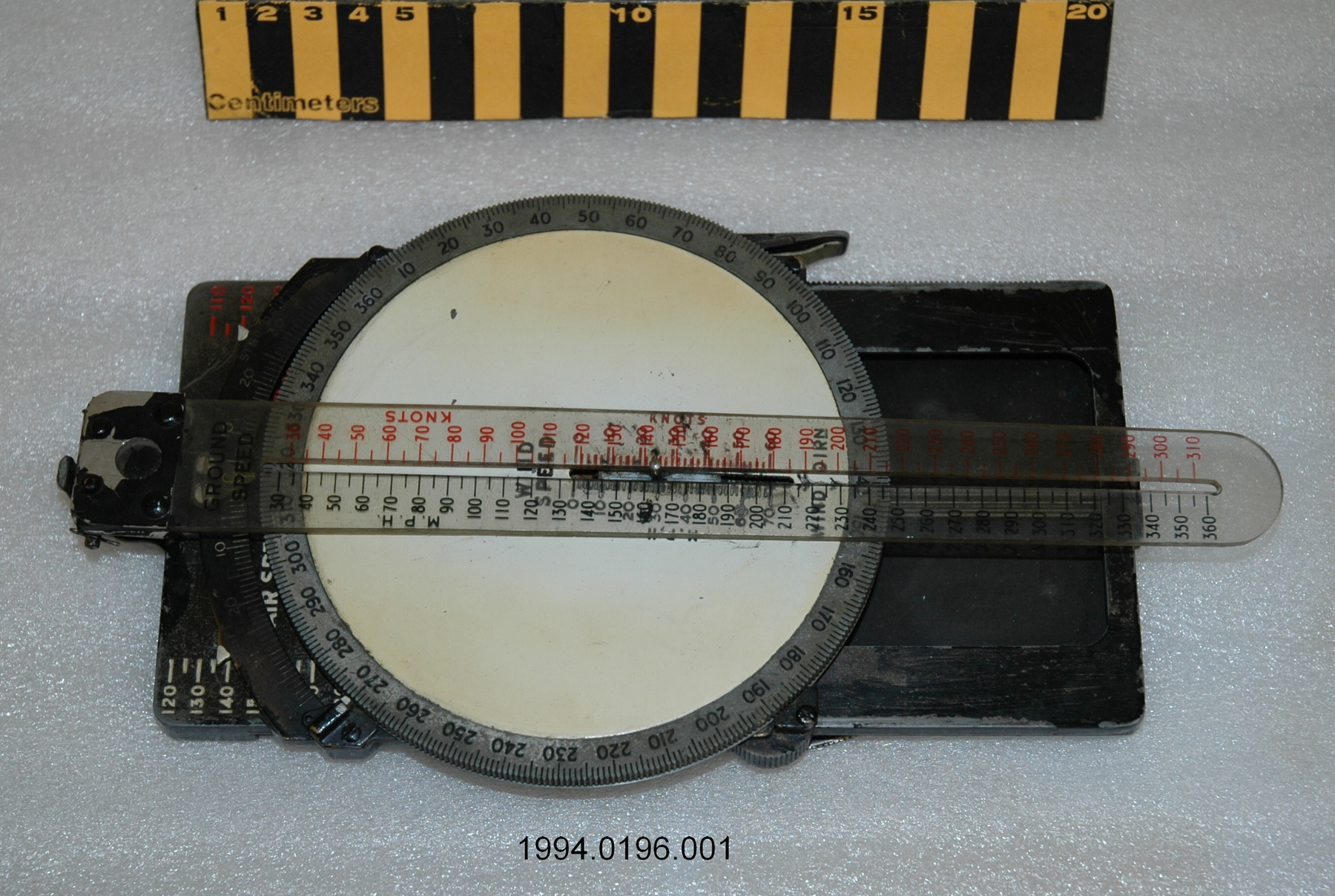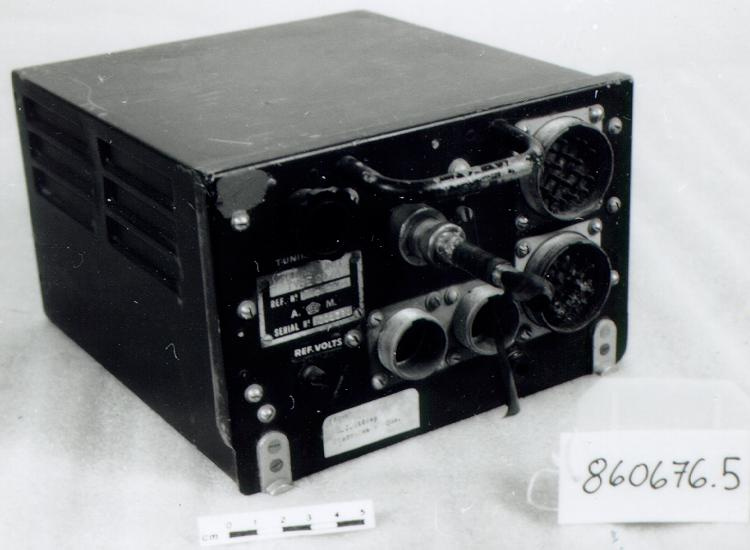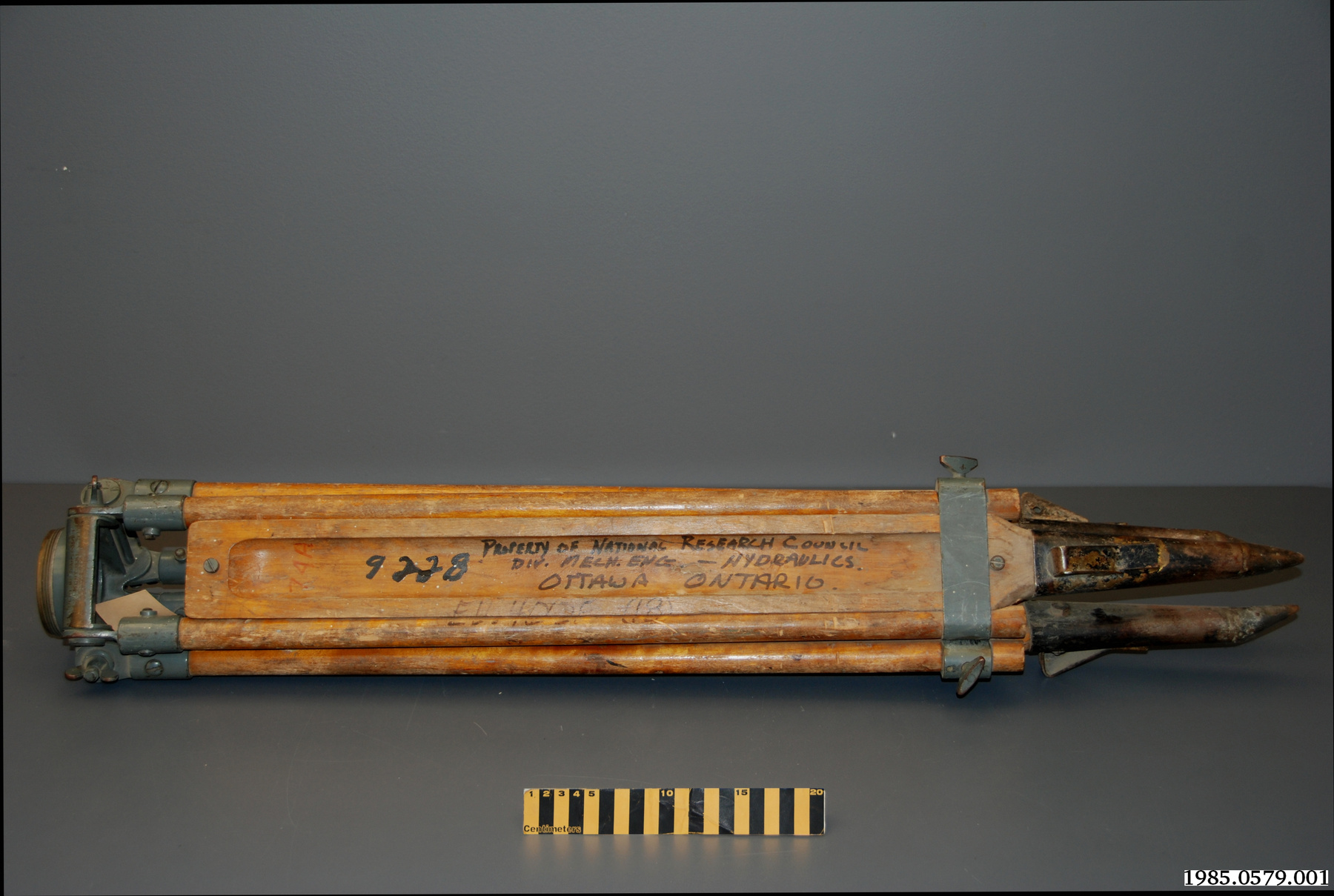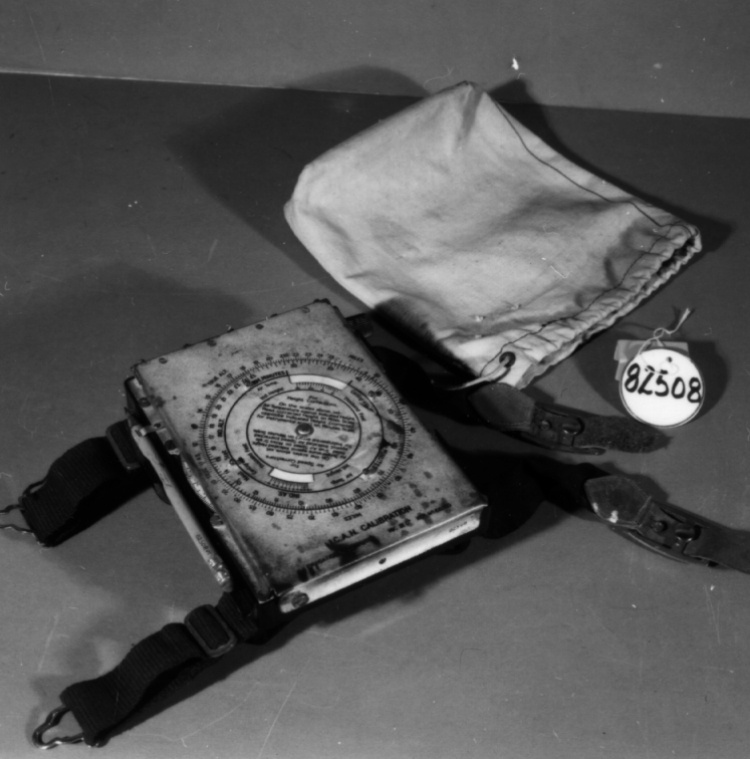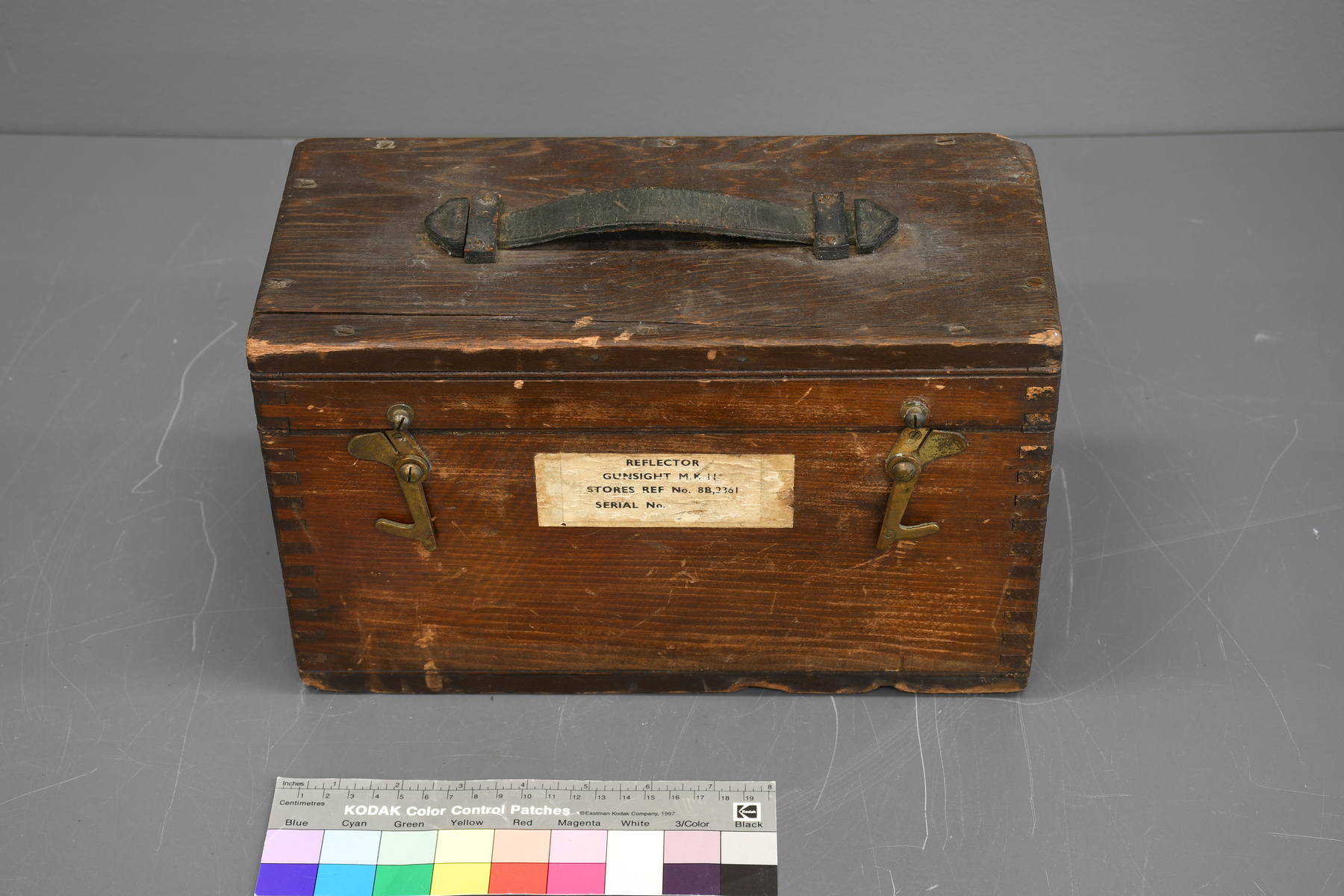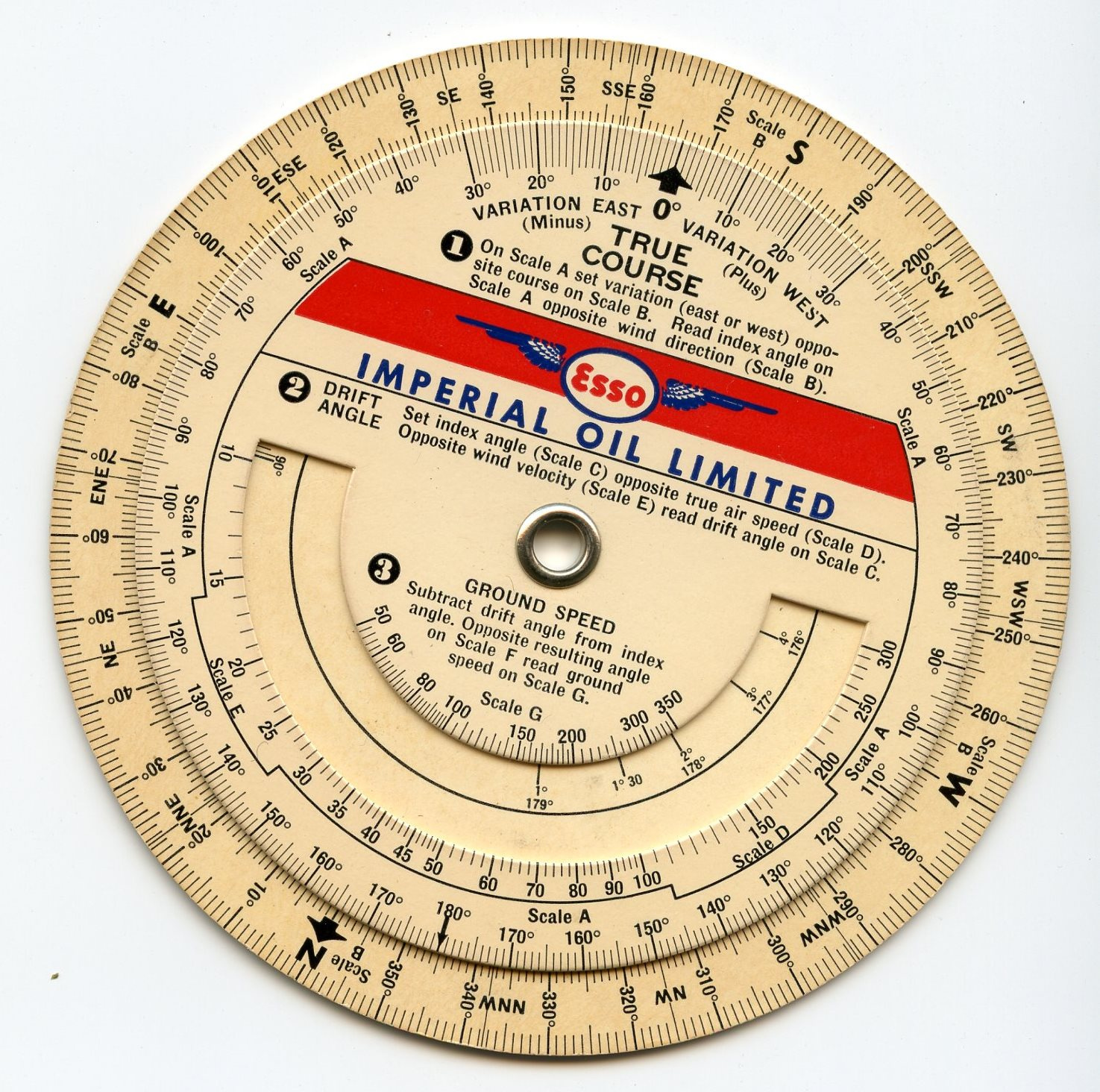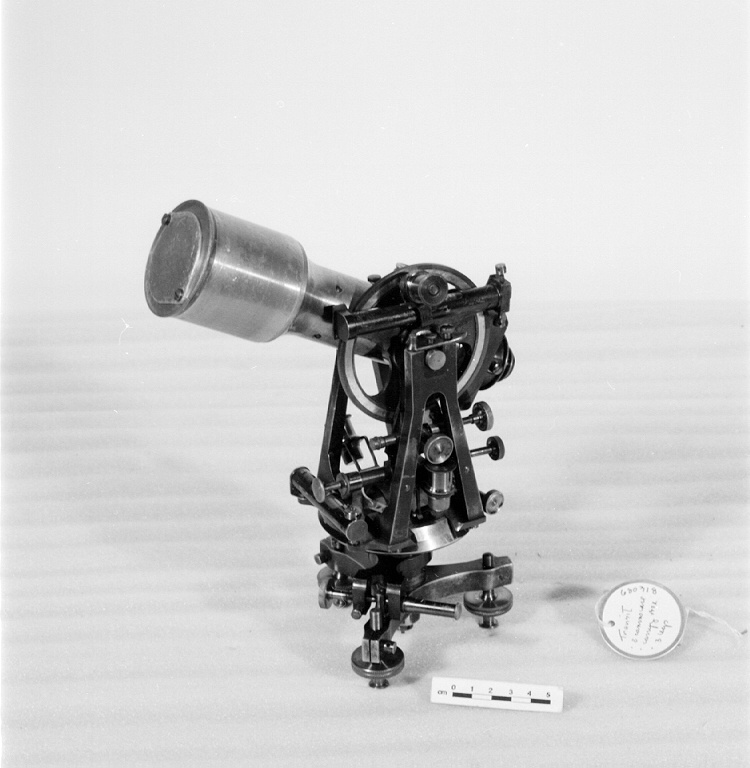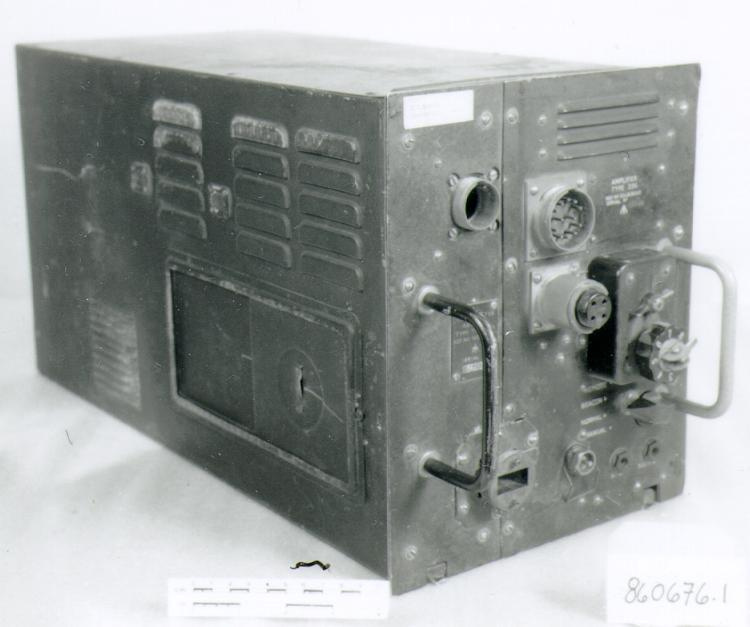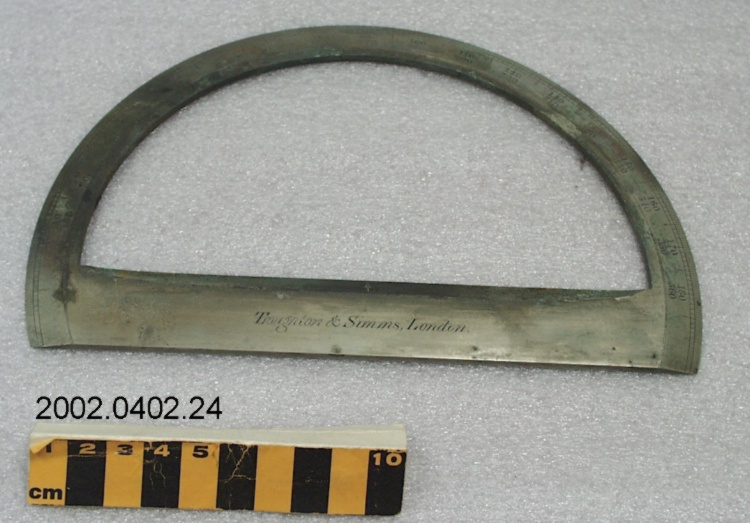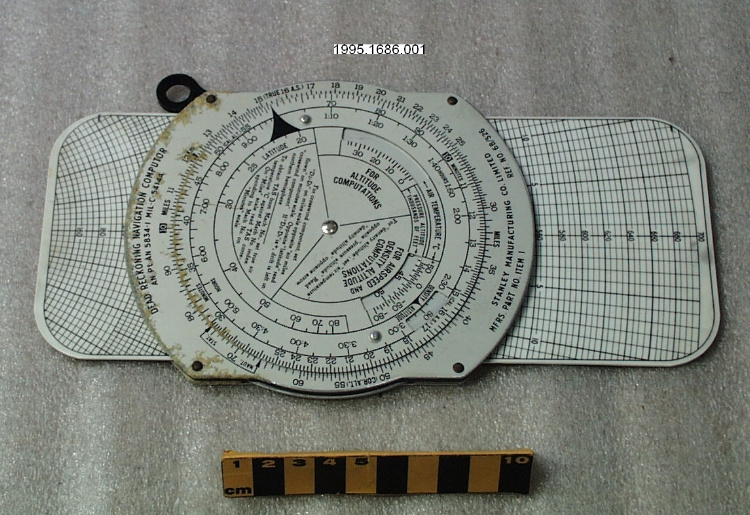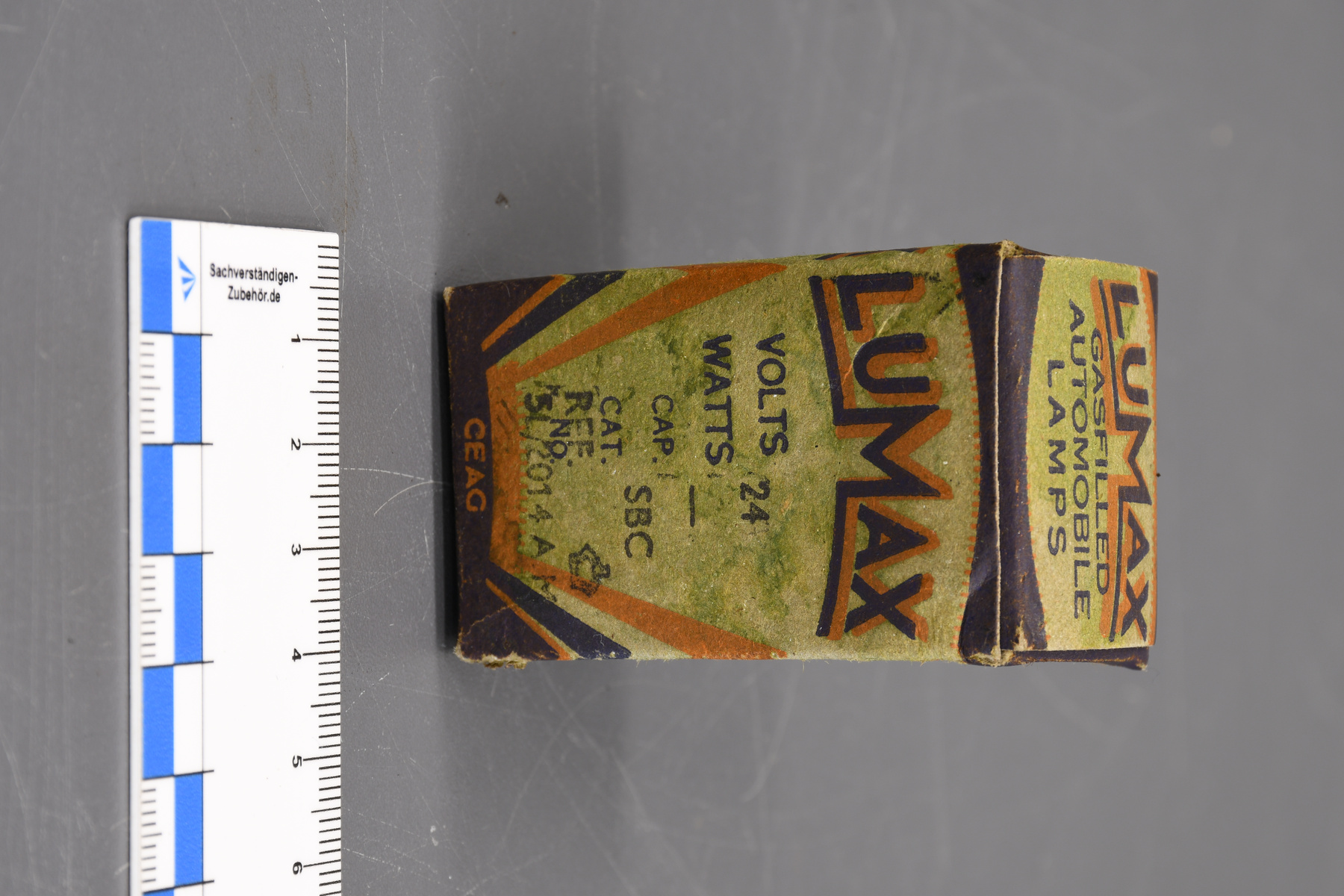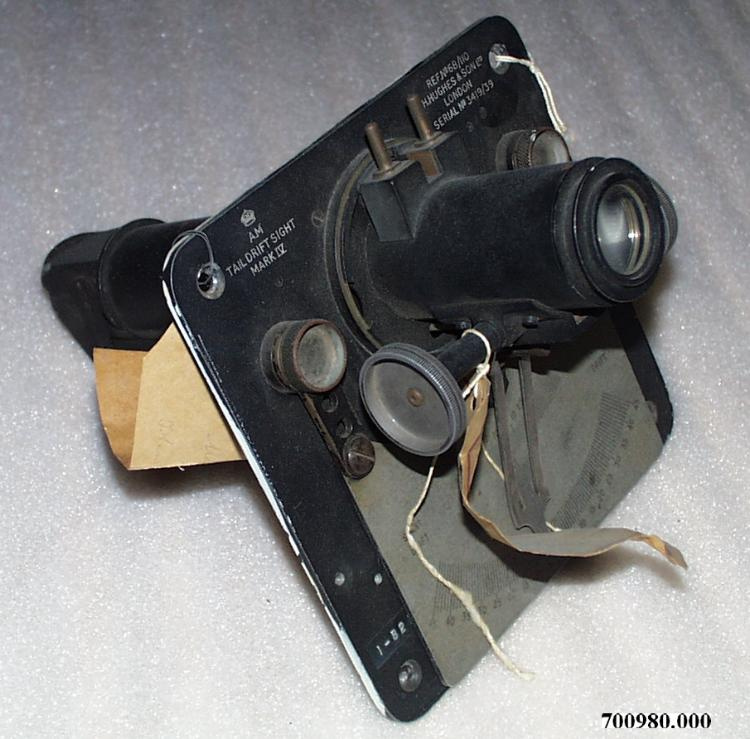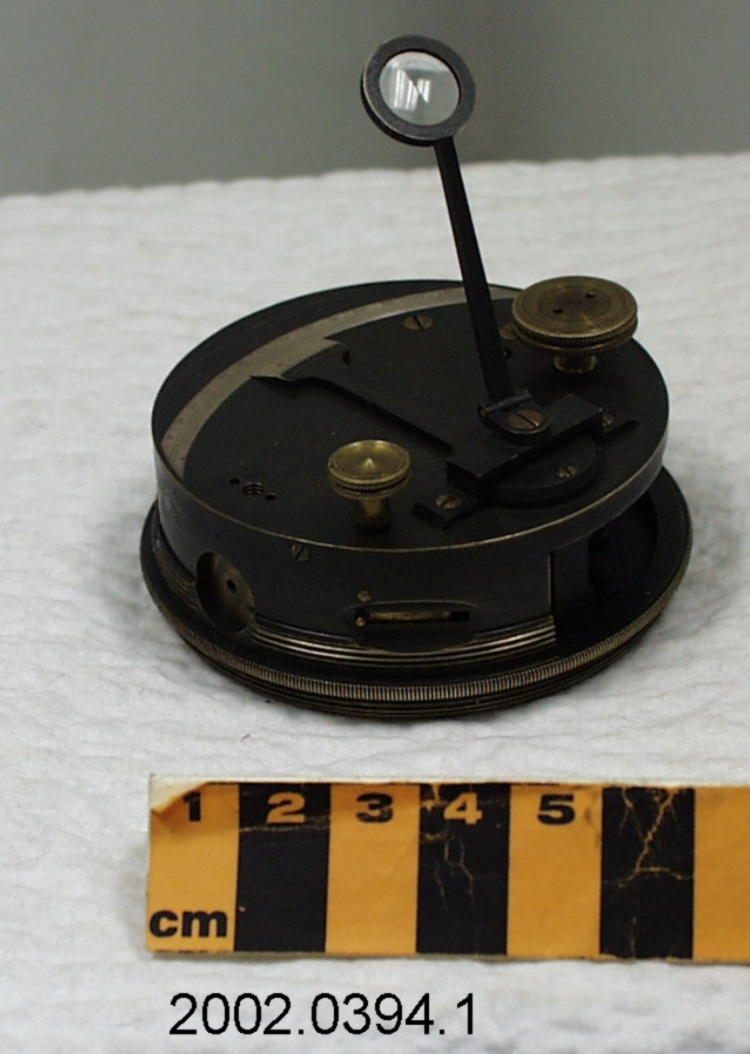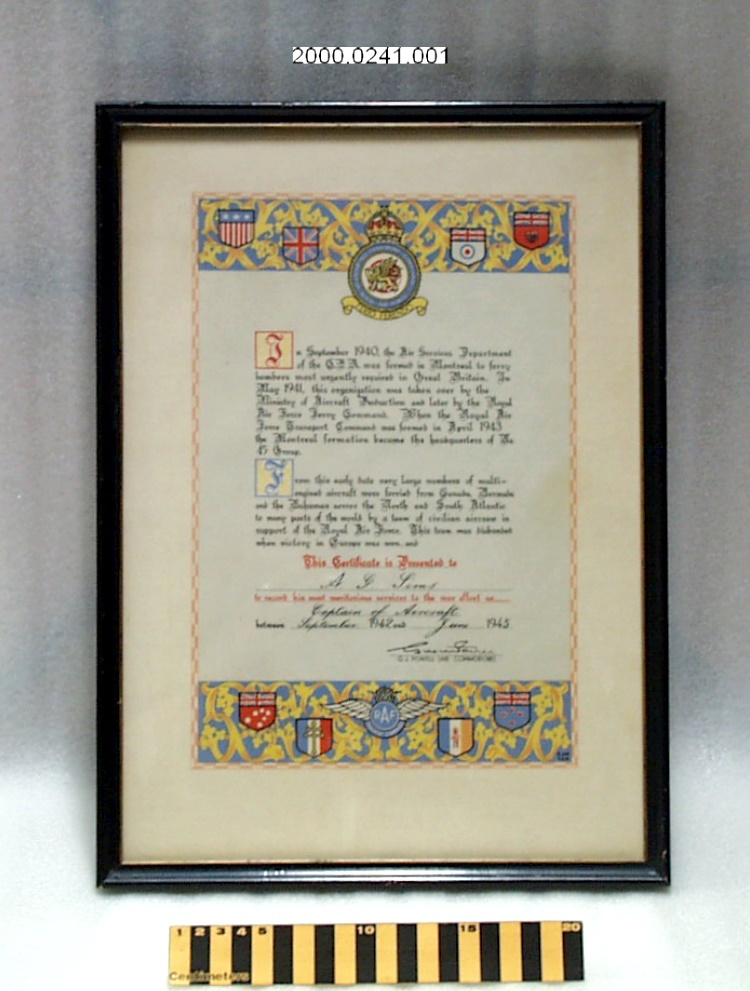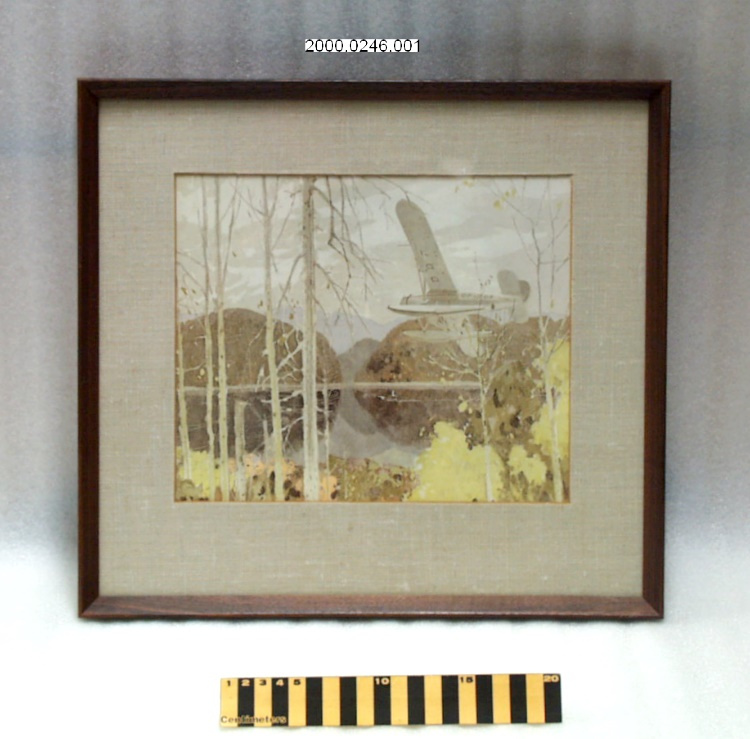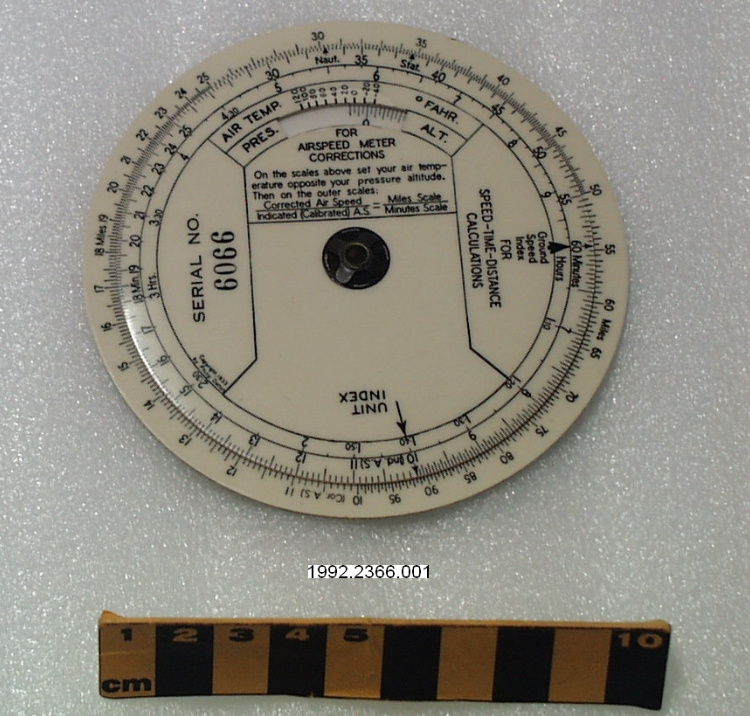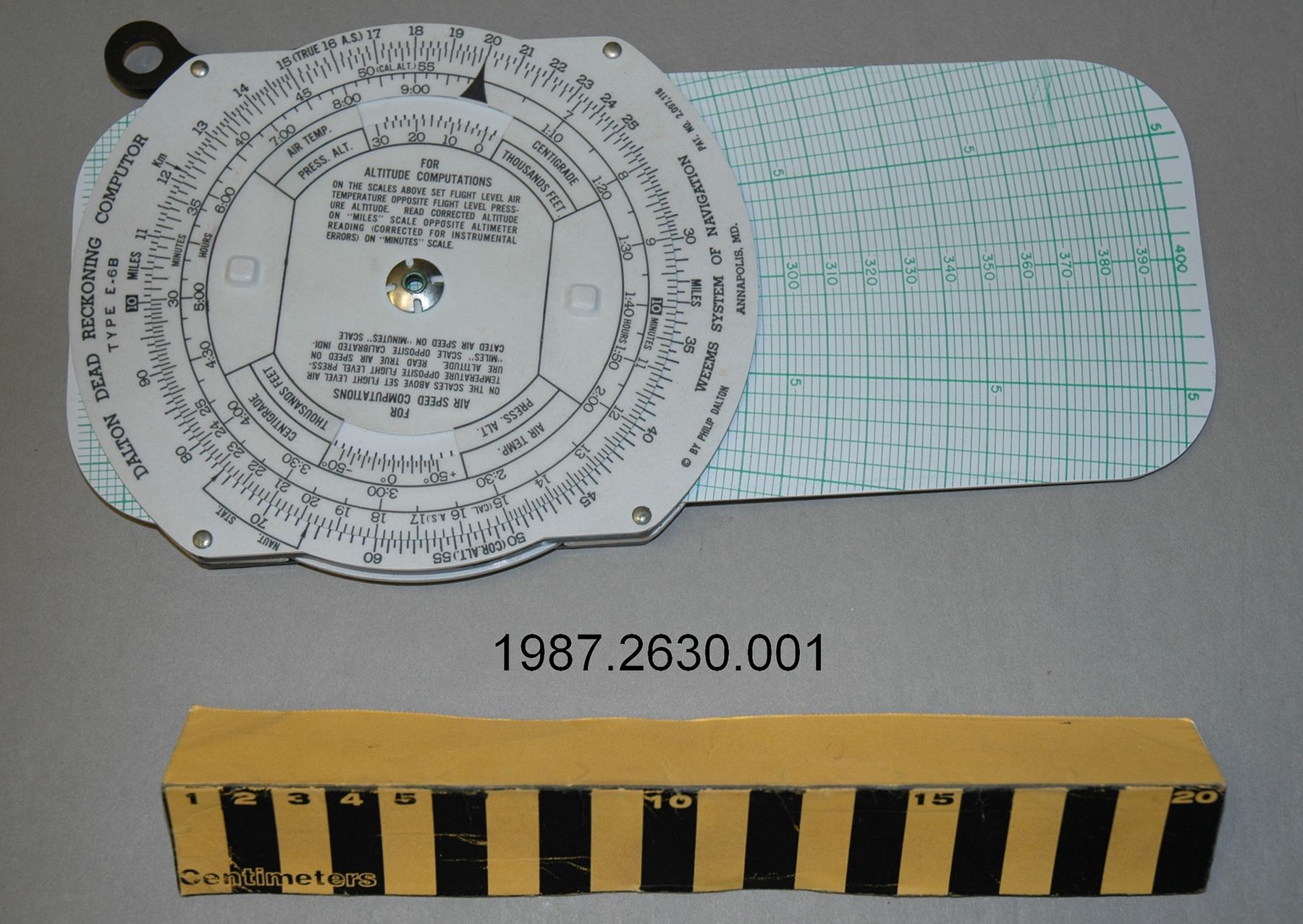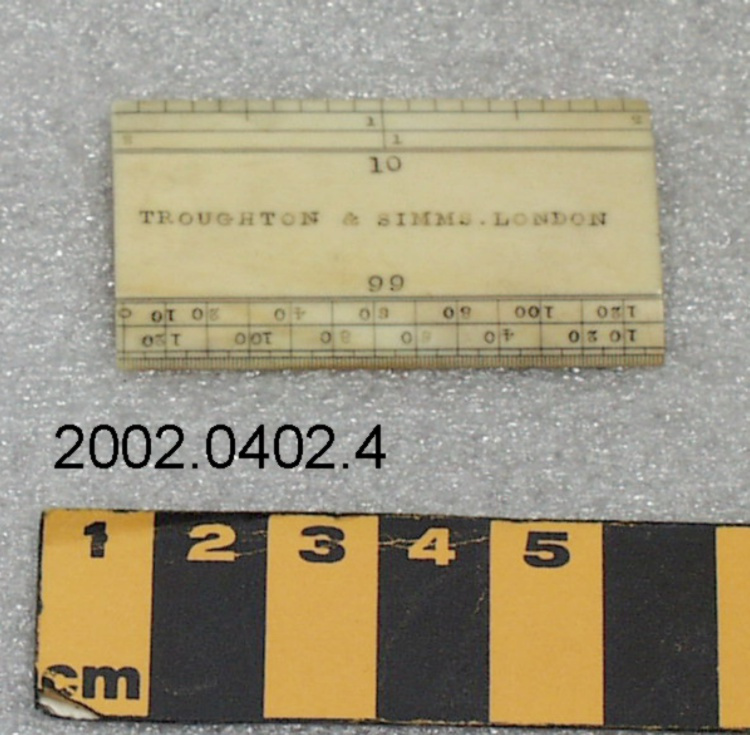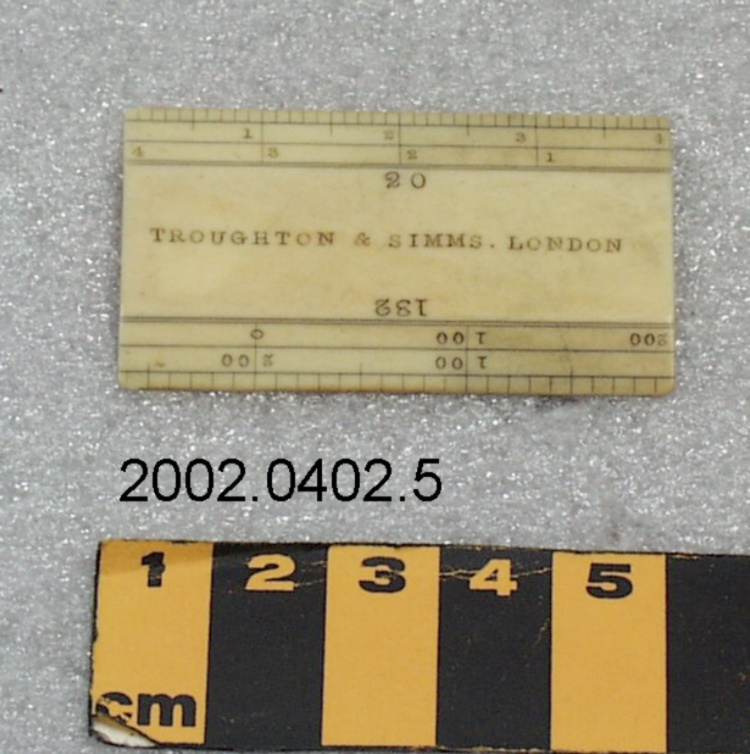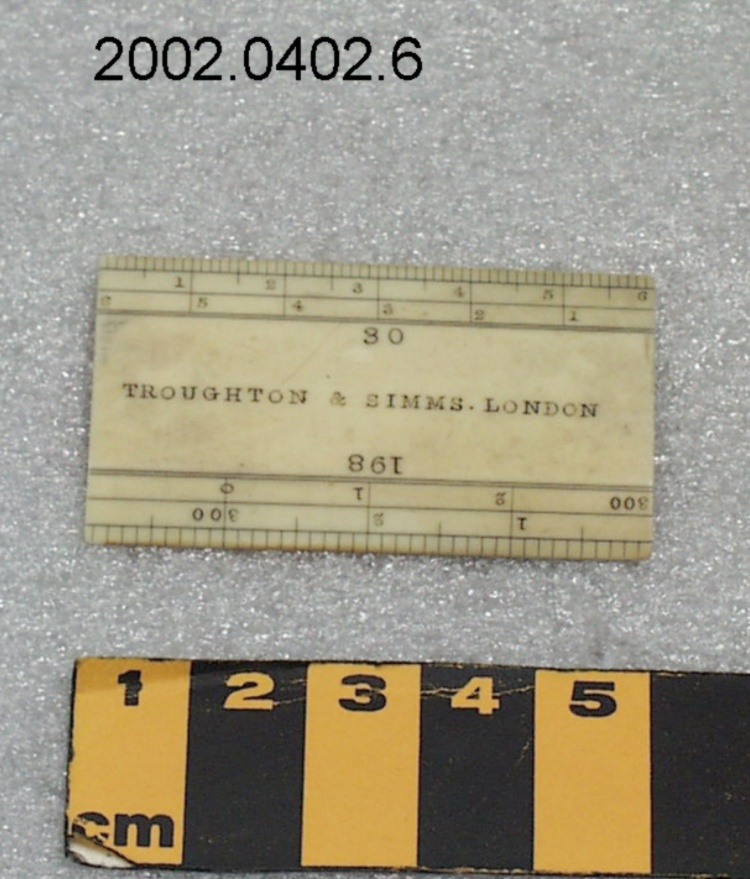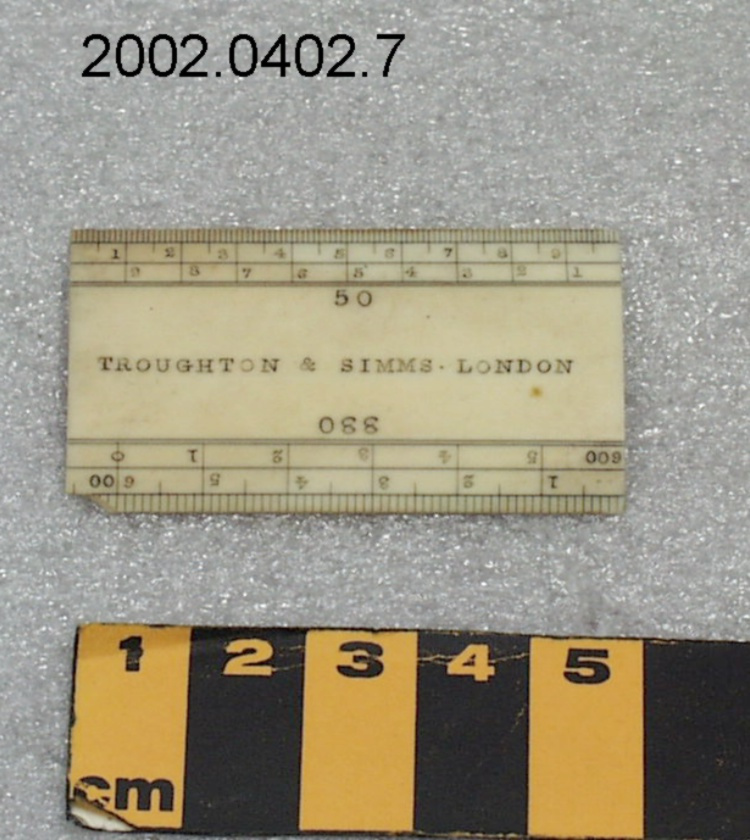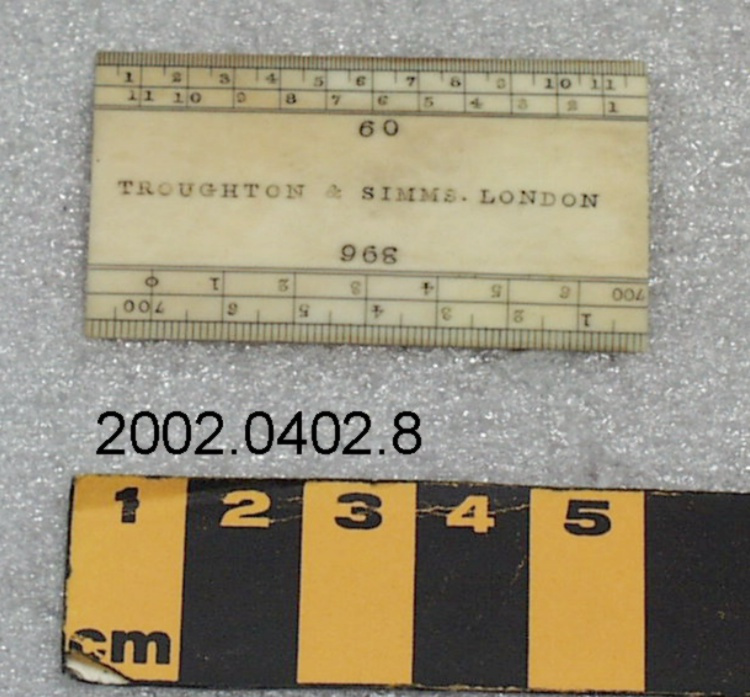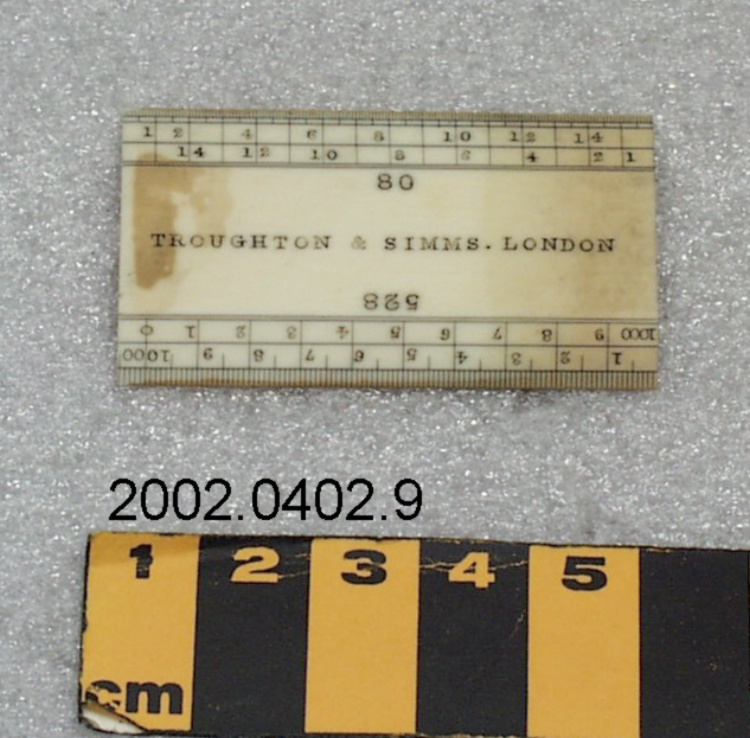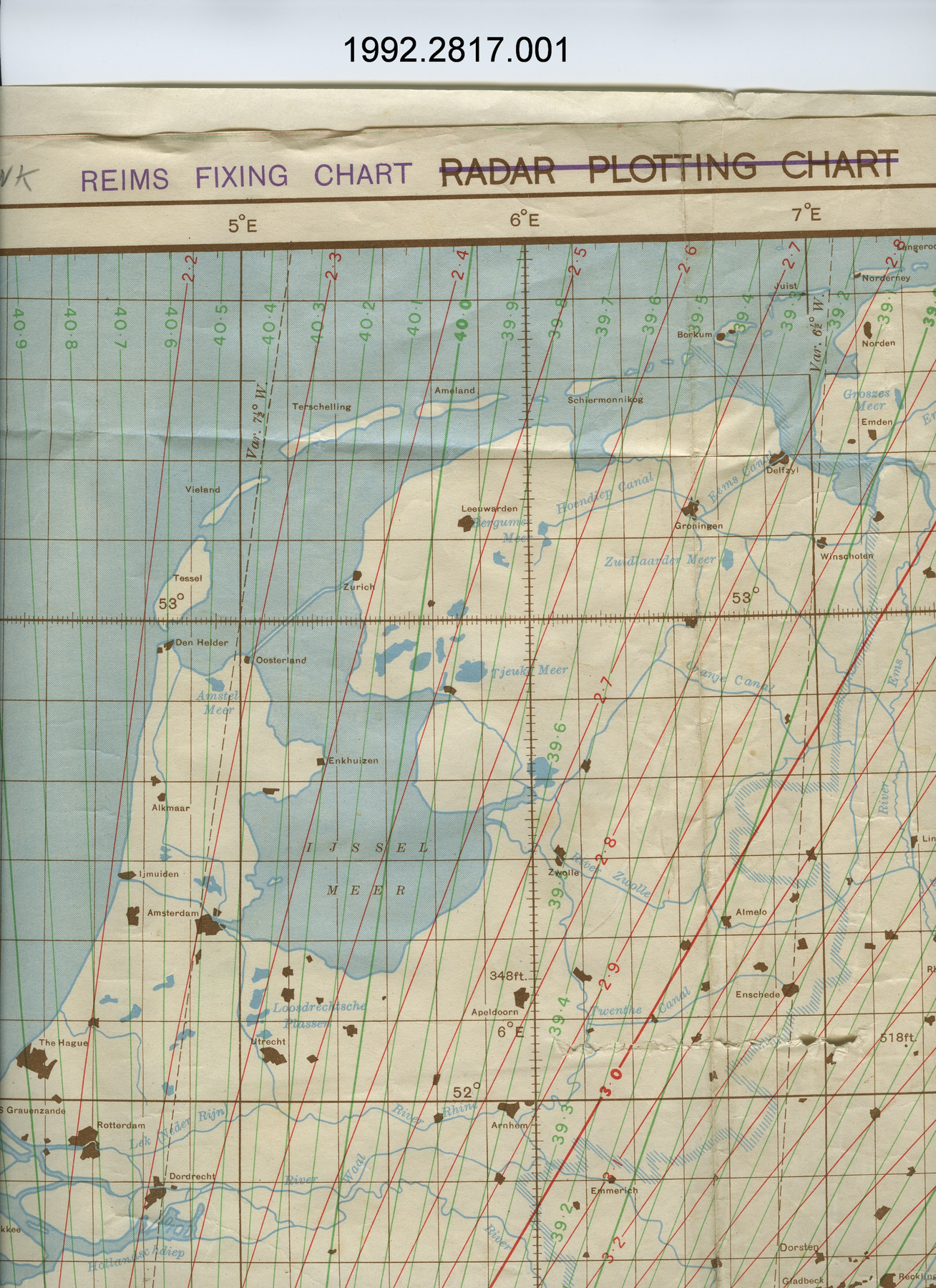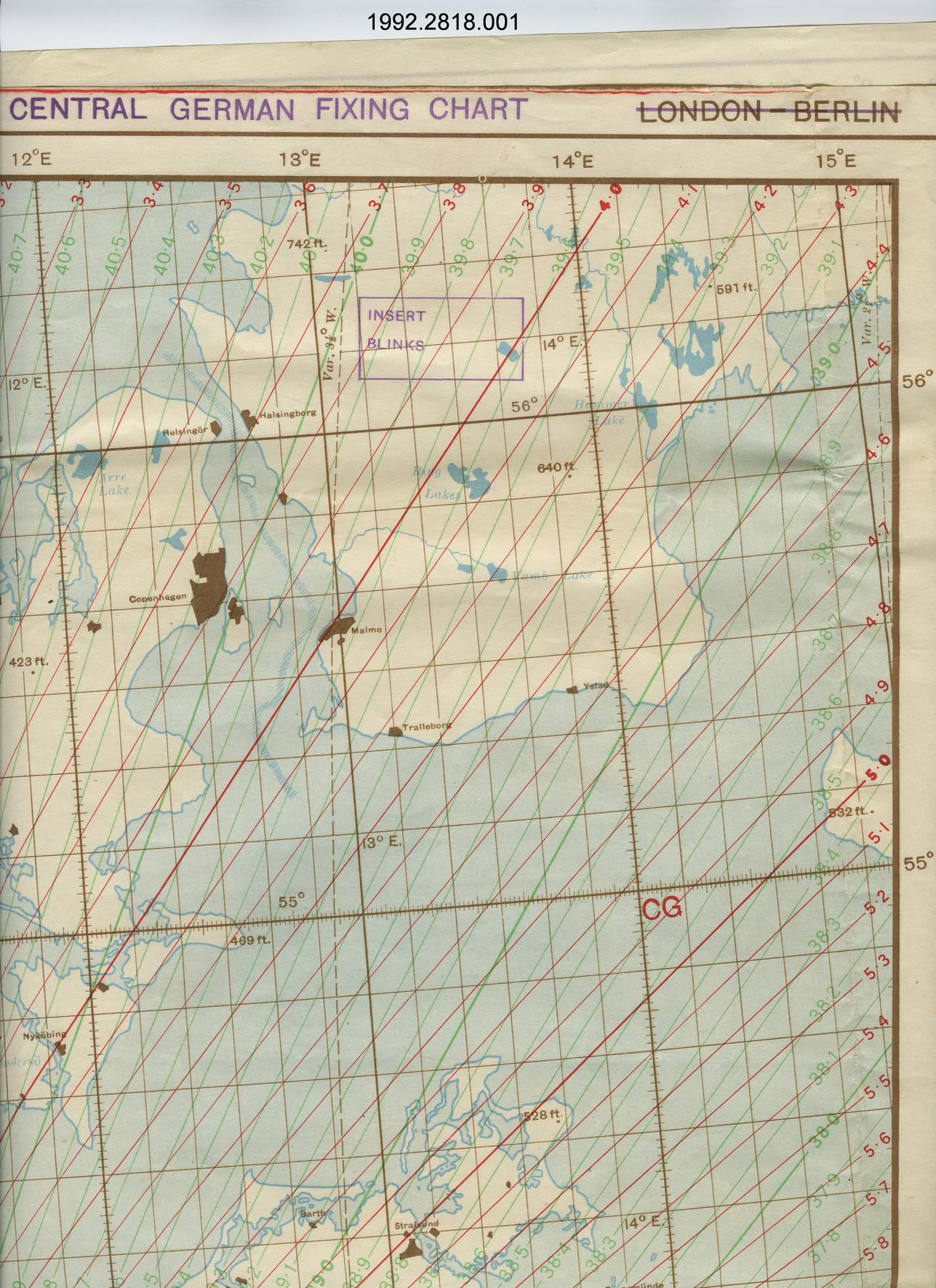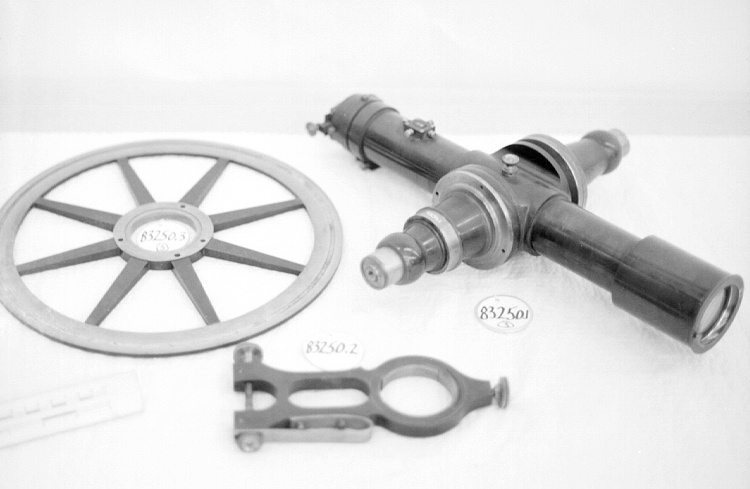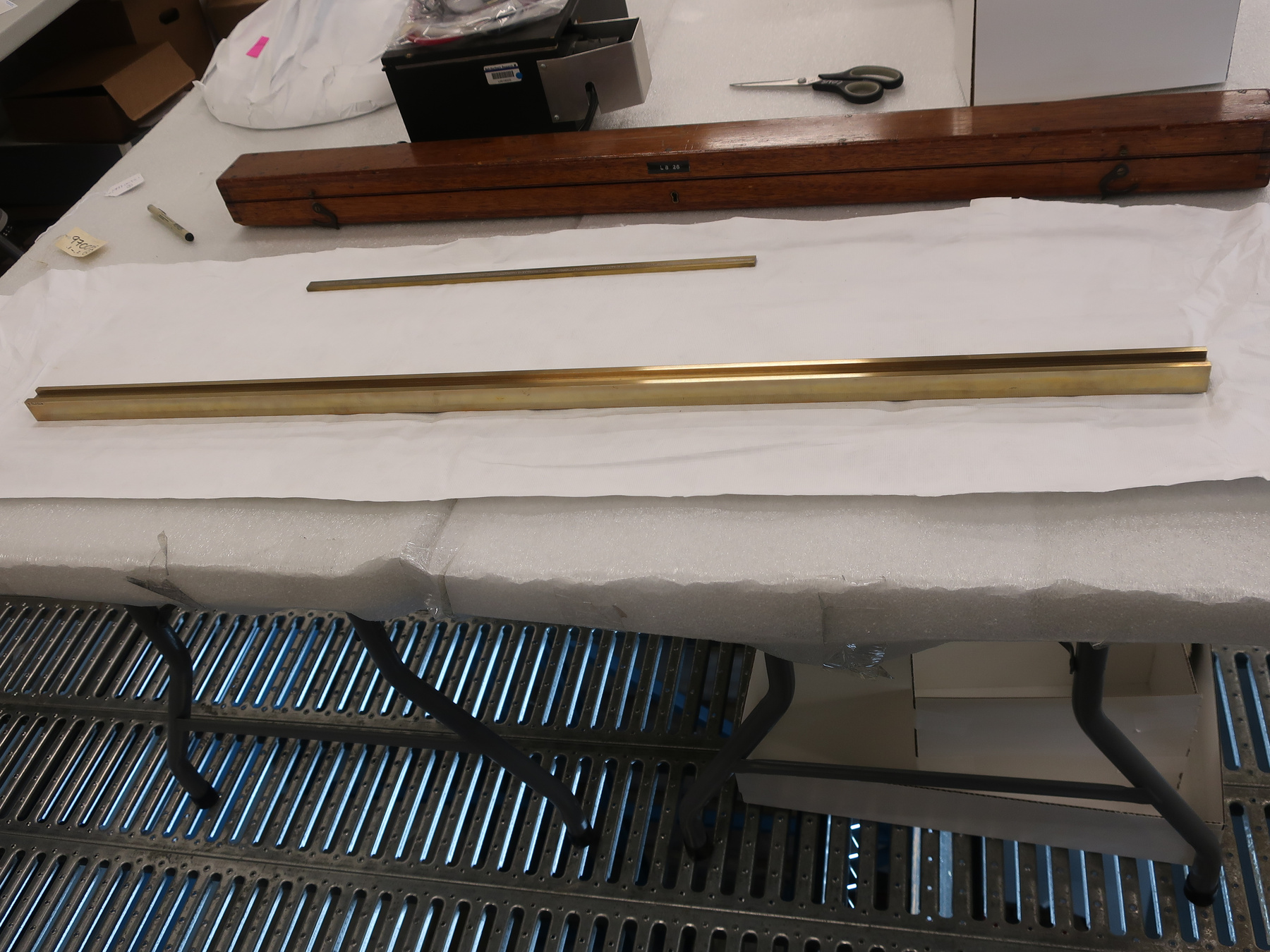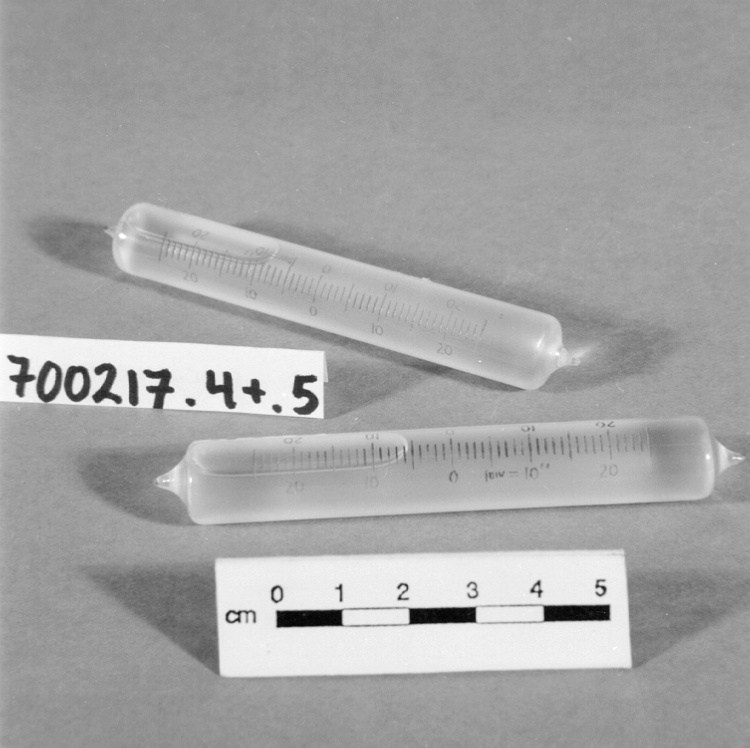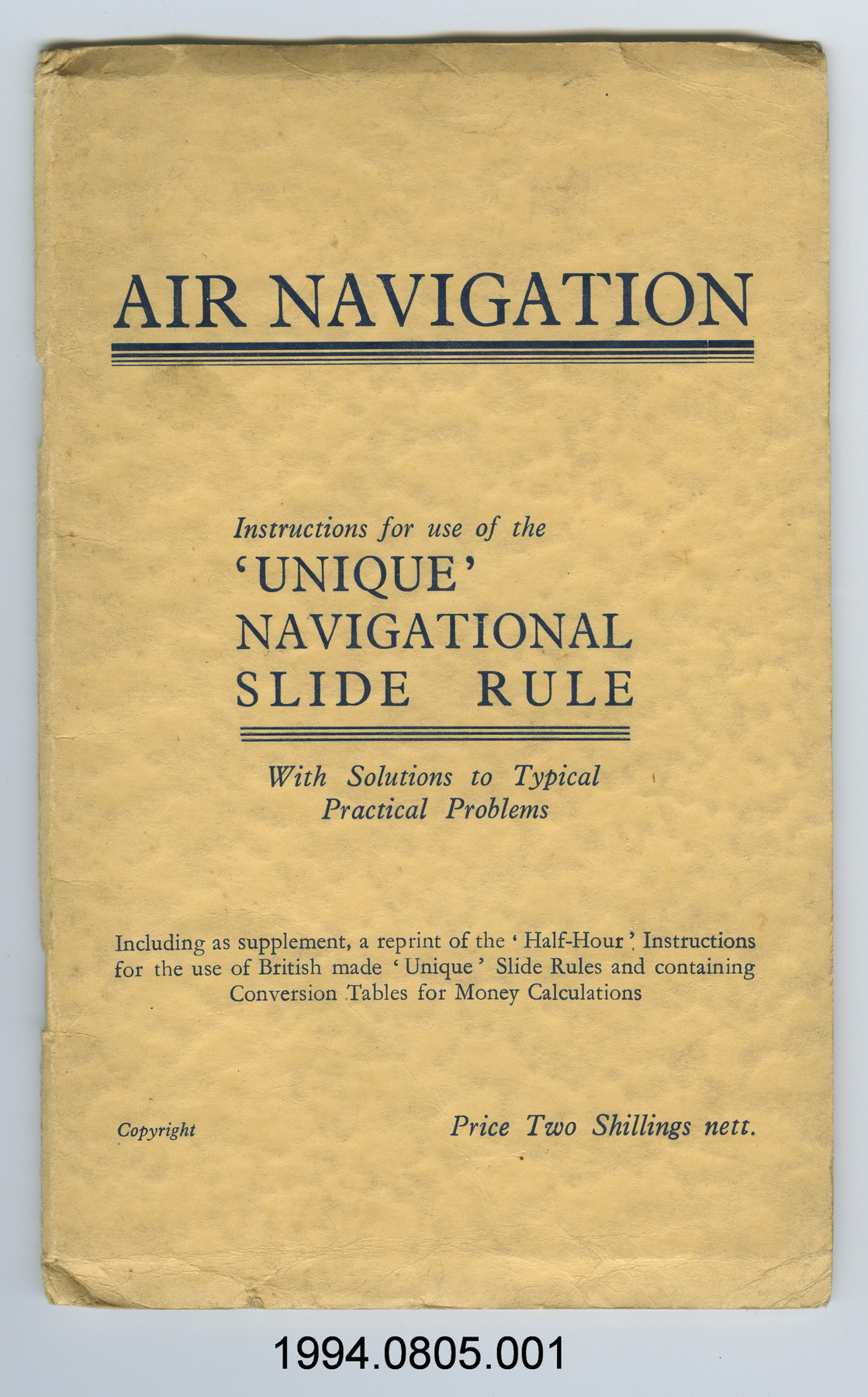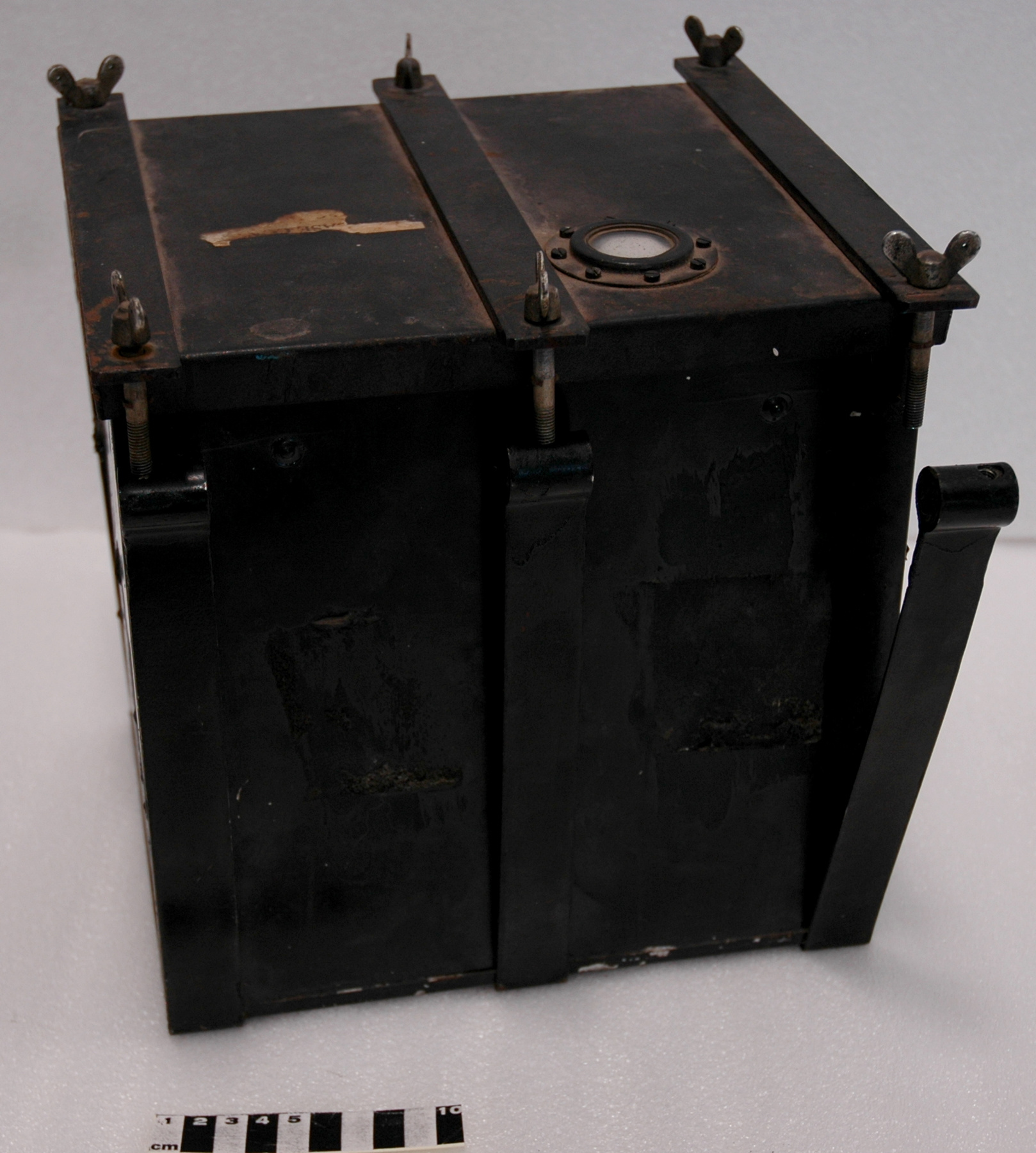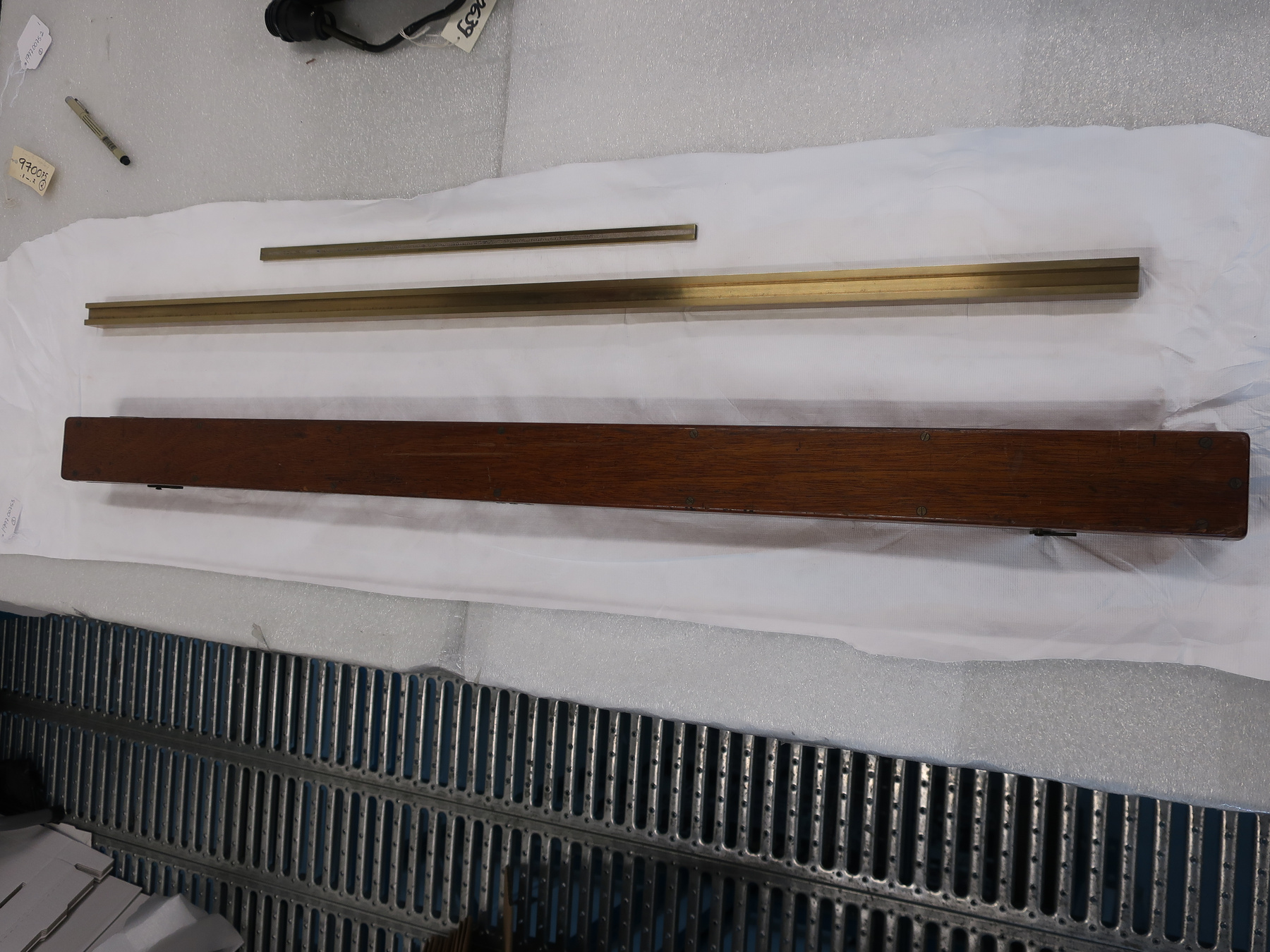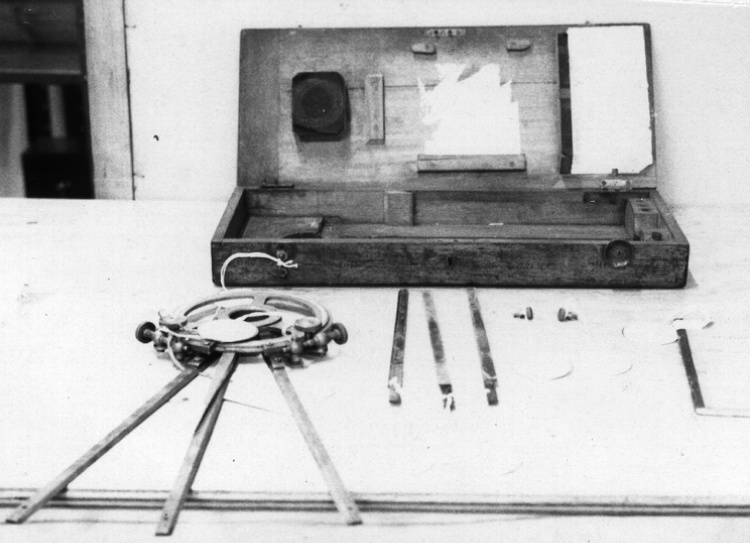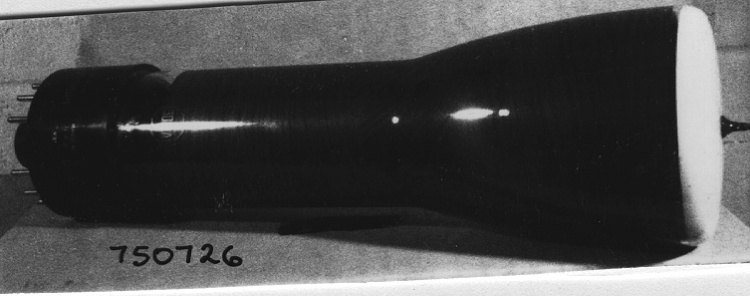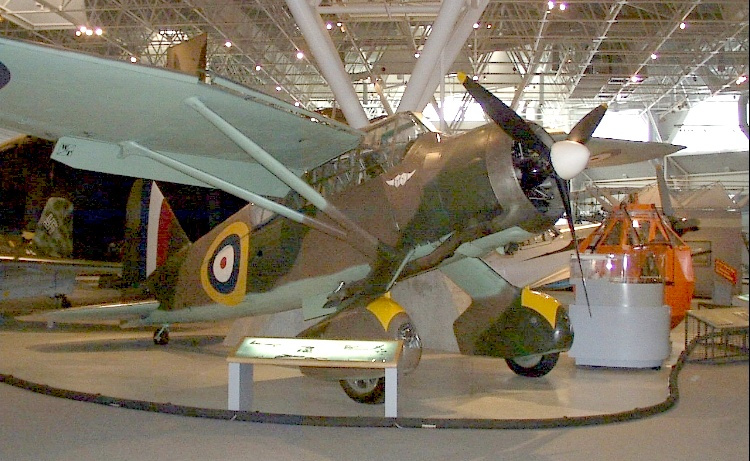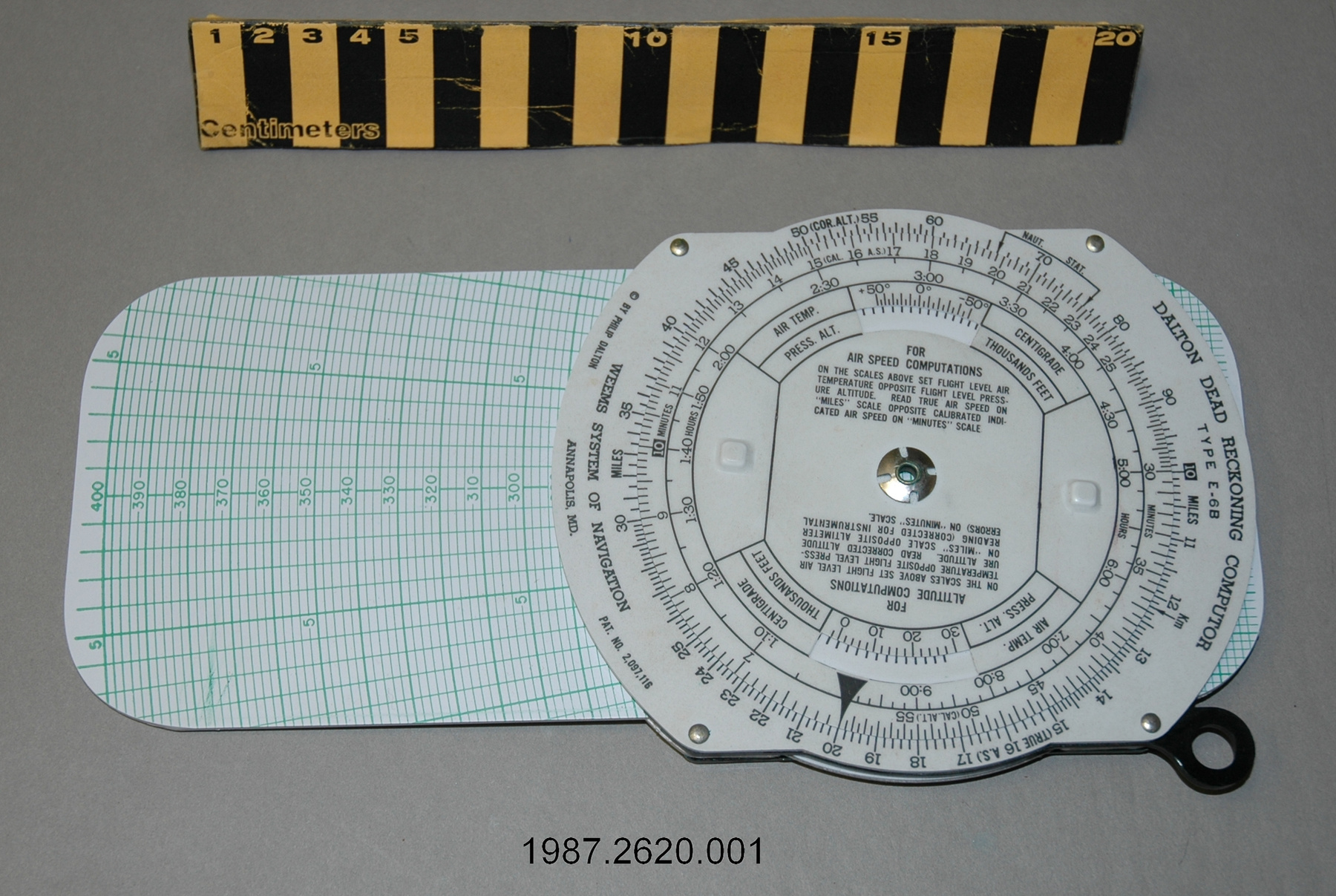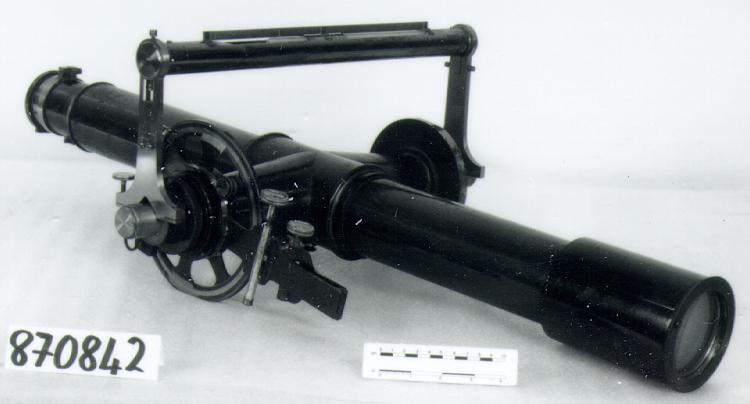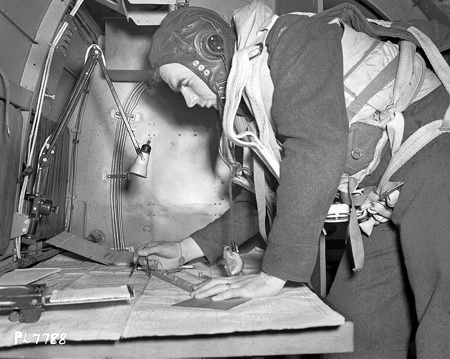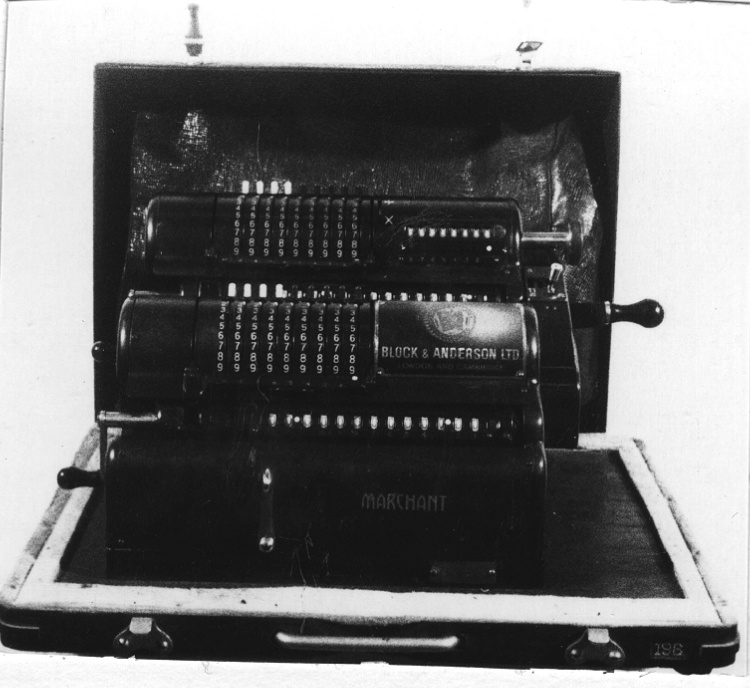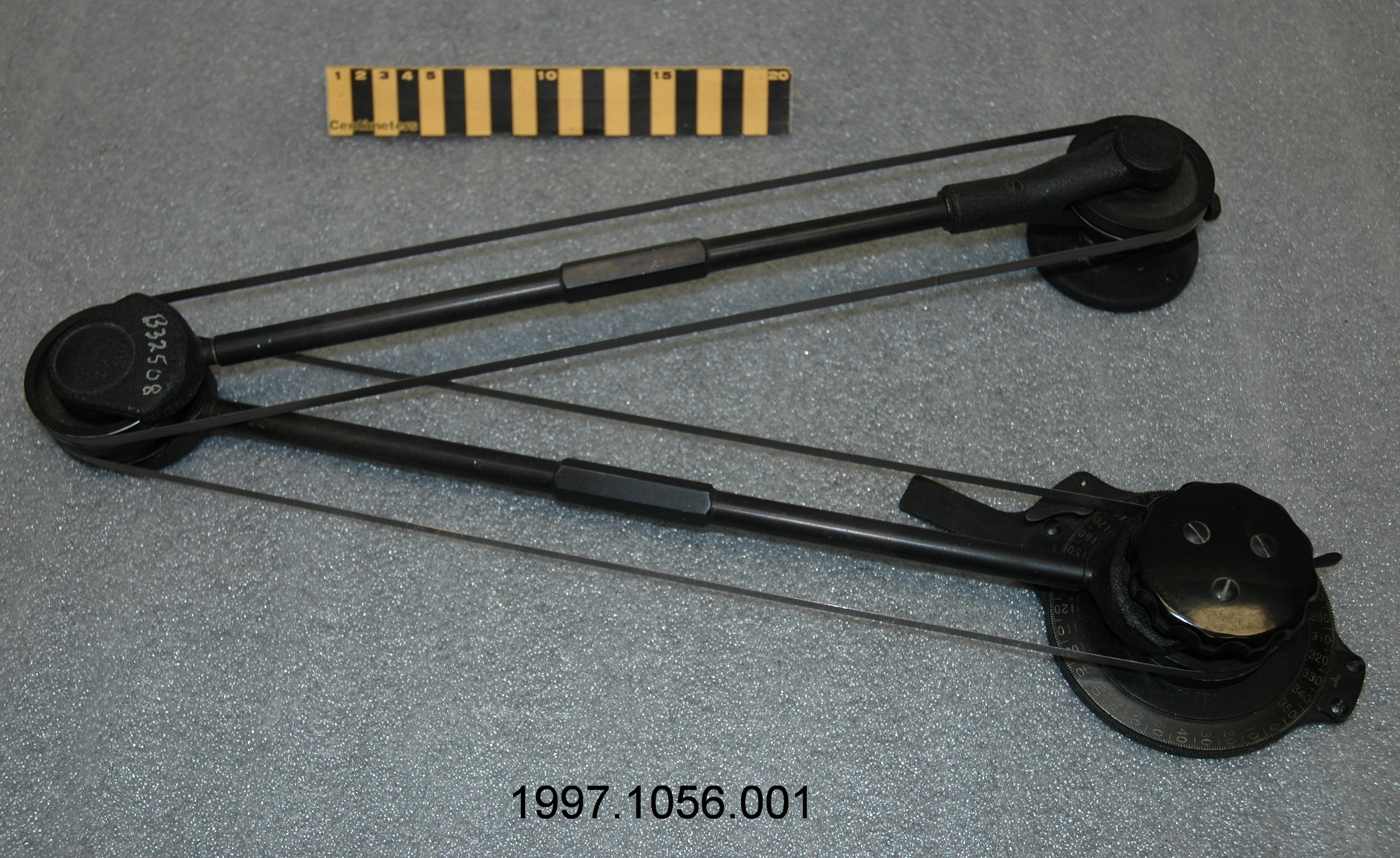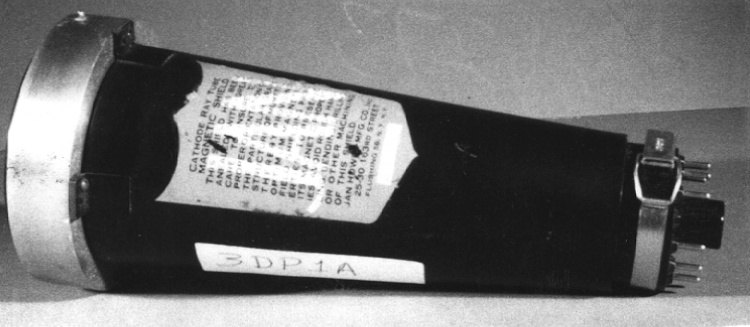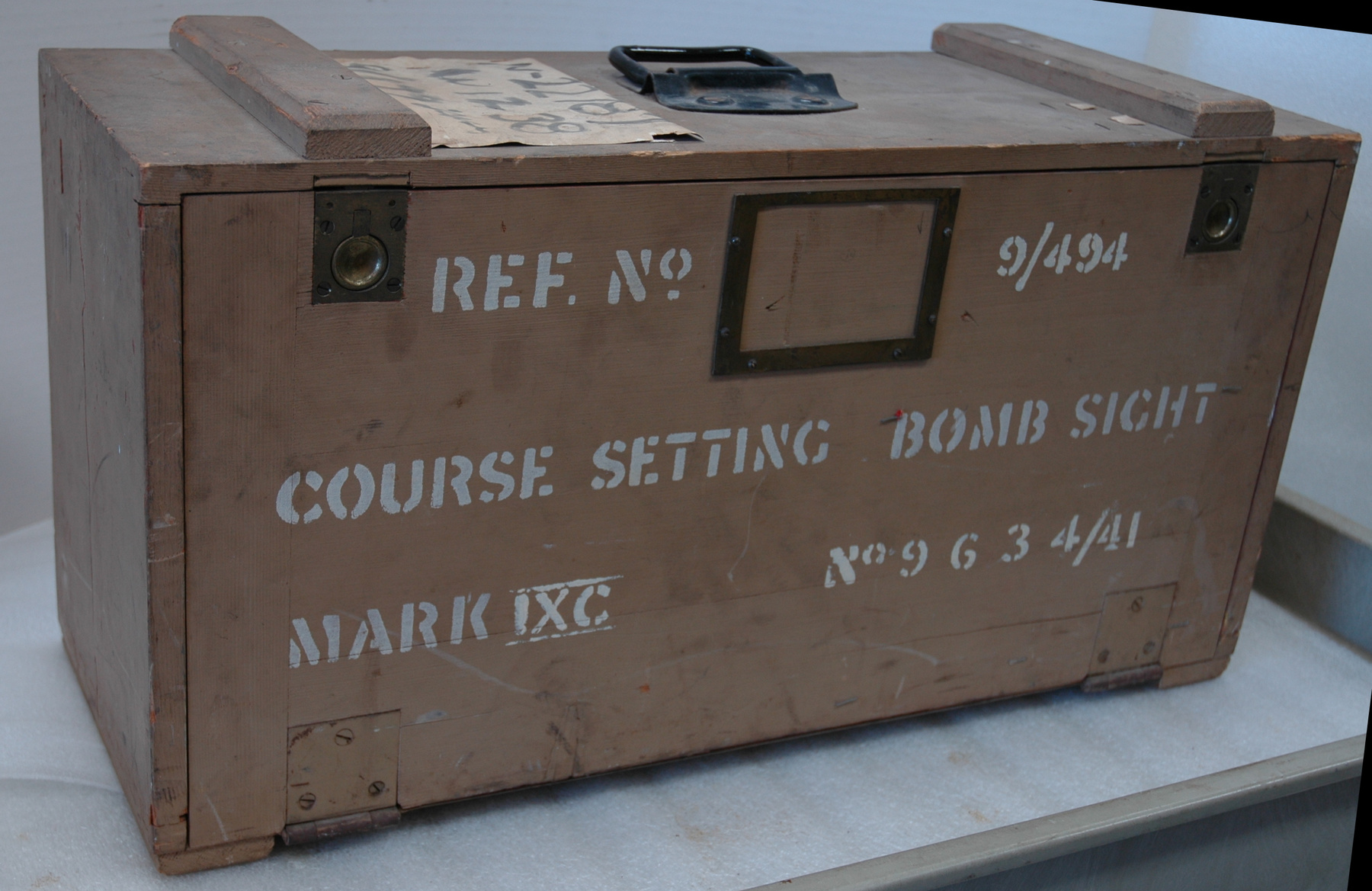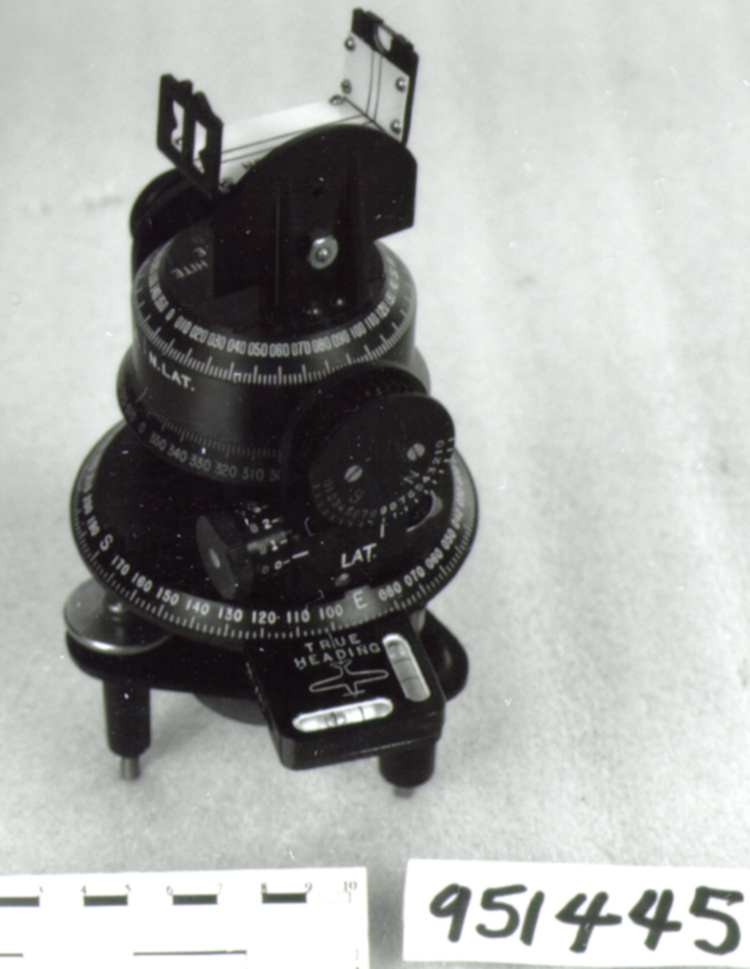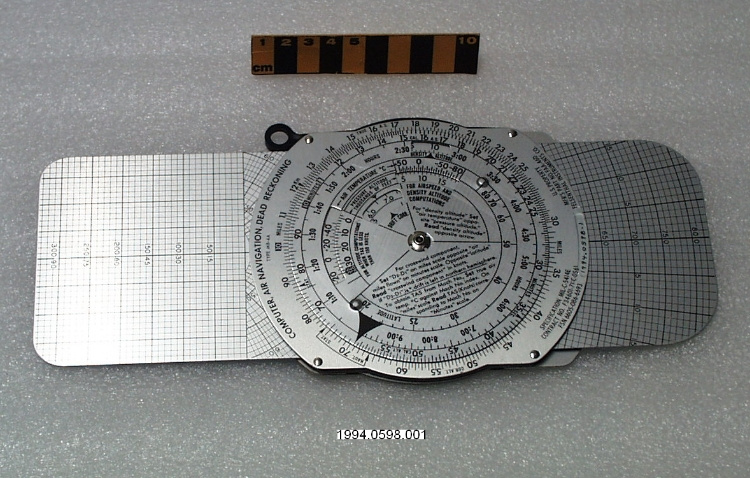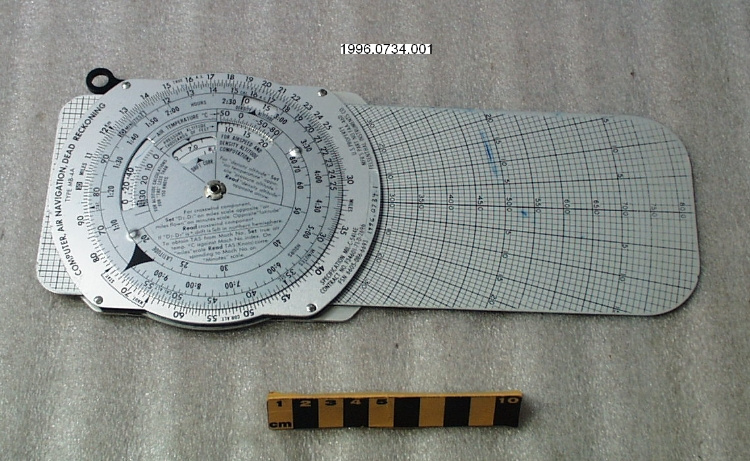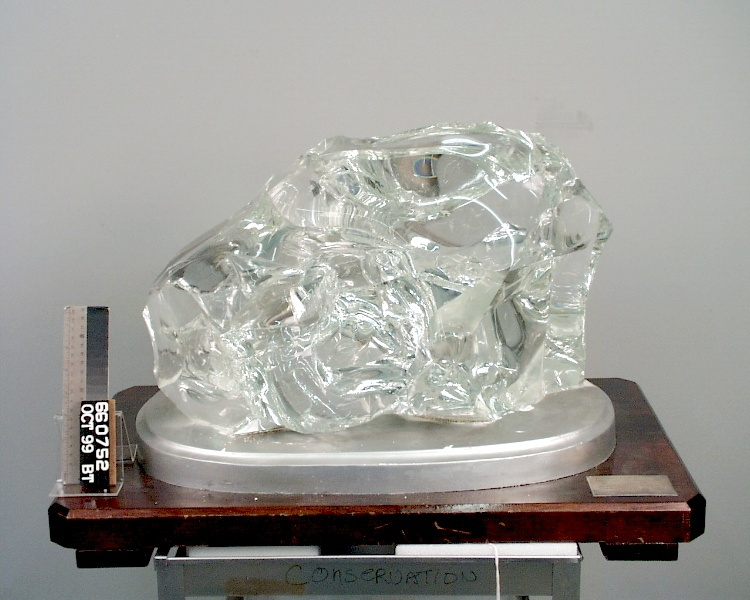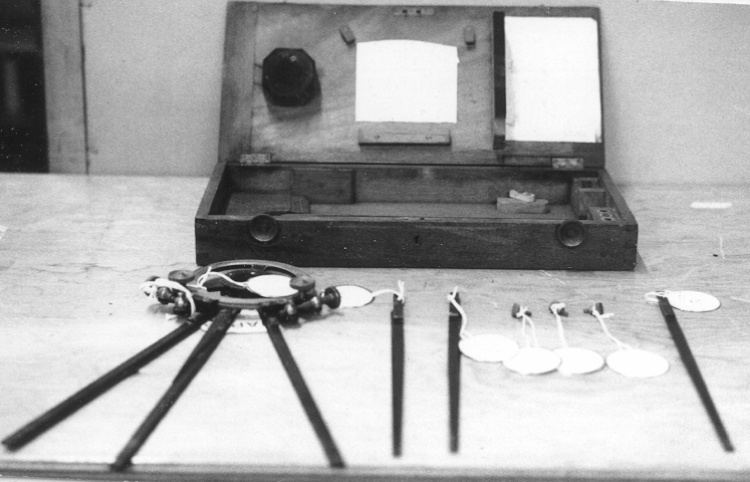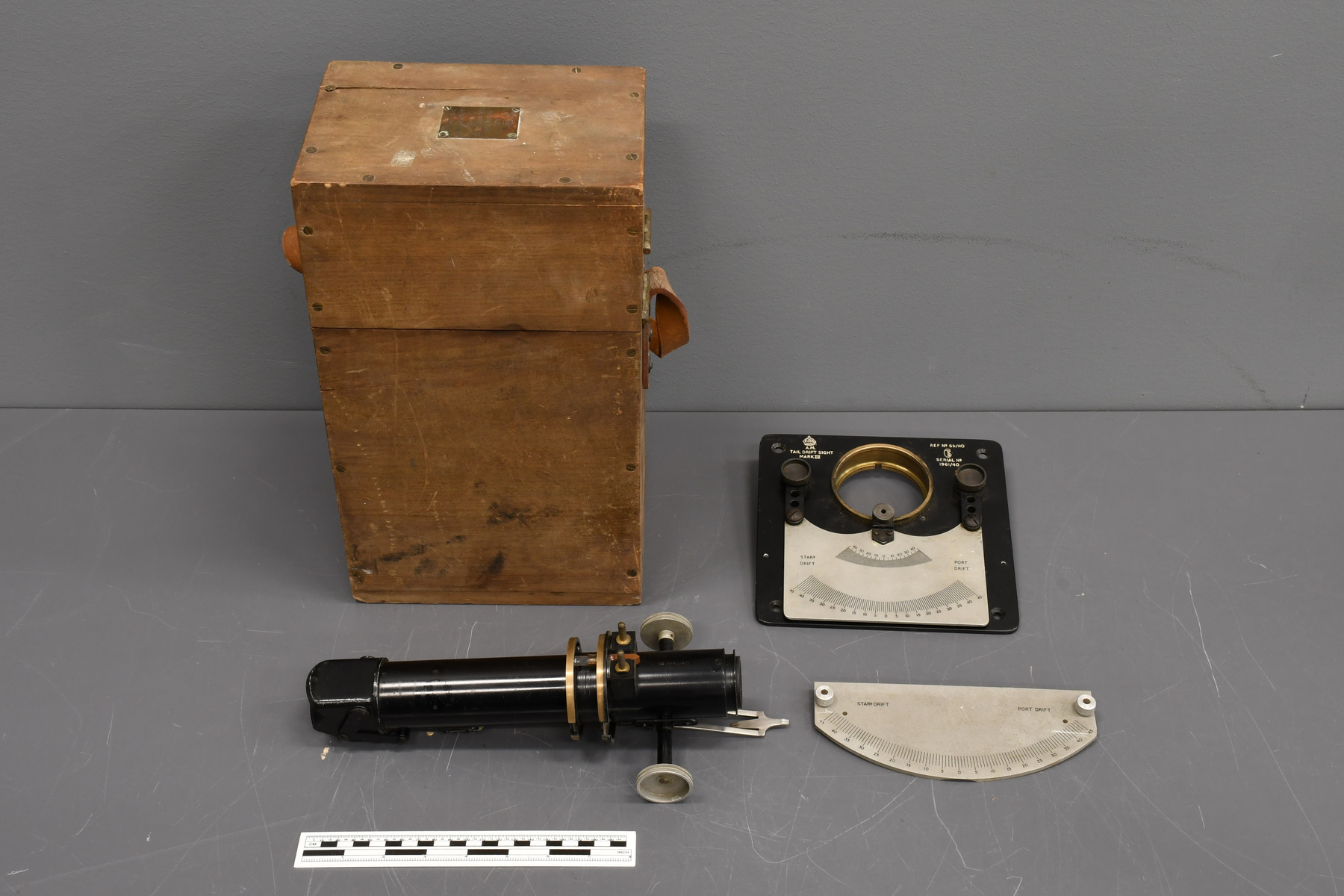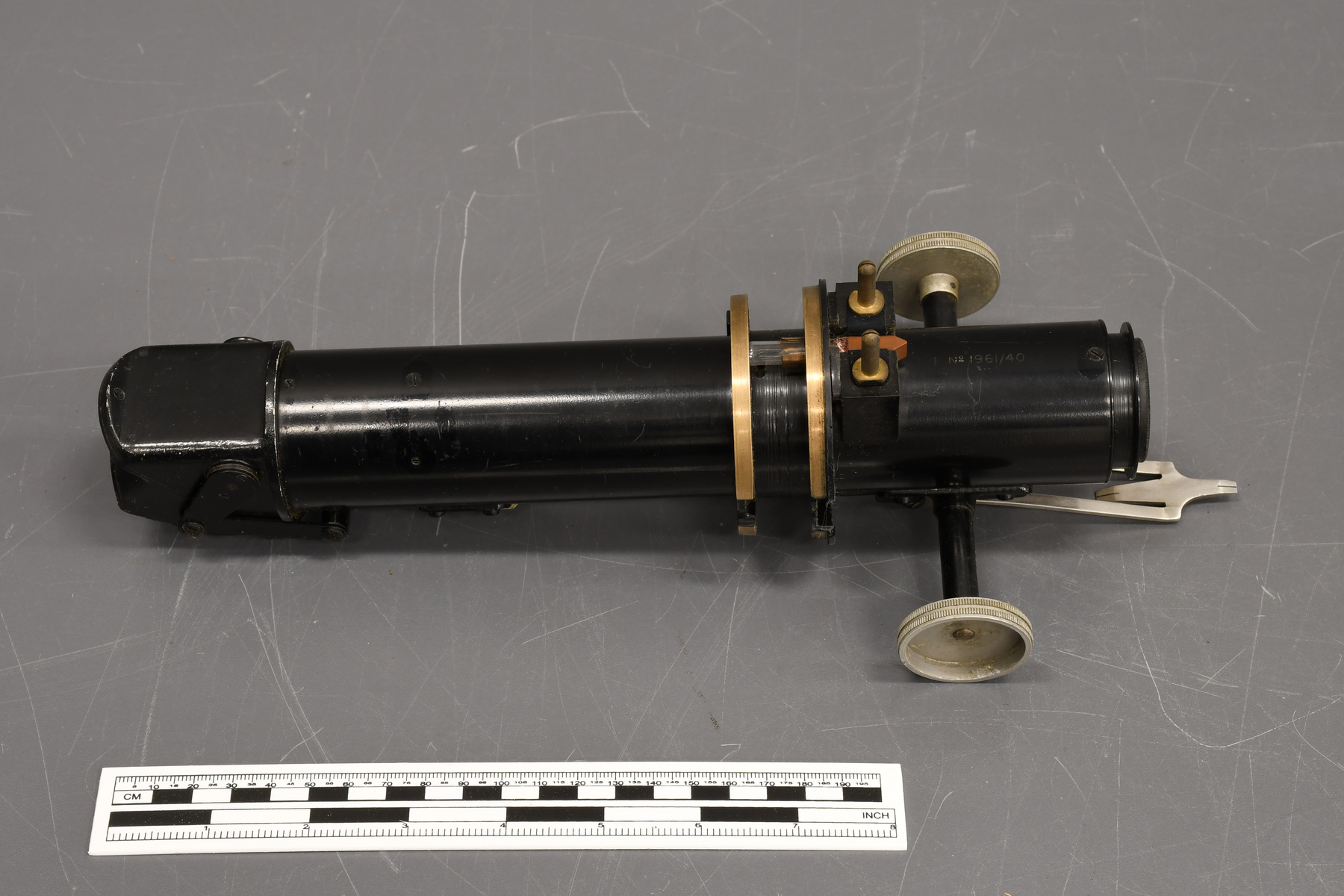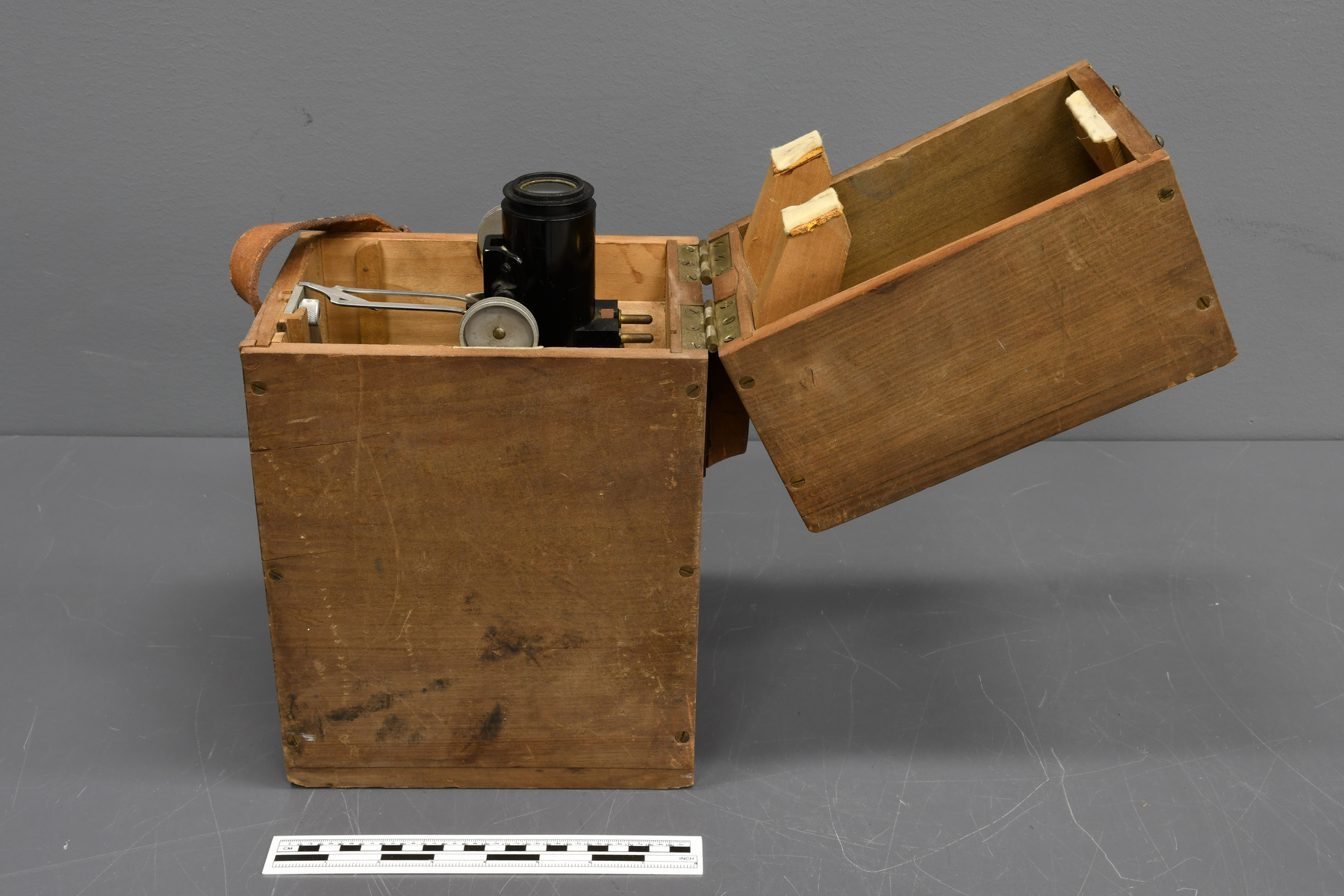Sight, drift
Use this image
Can I reuse this image without permission? Yes
Object images on the Ingenium Collection’s portal have the following Creative Commons license:
Copyright Ingenium / CC BY-NC-ND (Attribution-NonCommercial 4.0 International (CC BY-NC 4.0)
ATTRIBUTE THIS IMAGE
Ingenium,
1993.0601.001
Permalink:
Ingenium is releasing this image under the Creative Commons licensing framework, and encourages downloading and reuse for non-commercial purposes. Please acknowledge Ingenium and cite the artifact number.
DOWNLOAD IMAGEPURCHASE THIS IMAGE
This image is free for non-commercial use.
For commercial use, please consult our Reproduction Fees and contact us to purchase the image.
- OBJECT TYPE
- aircraft/tail
- DATE
- 1940
- ARTIFACT NUMBER
- 1993.0601.001
- MANUFACTURER
- Cooke, Troughton & Simms Ltd.
- MODEL
- Mk. IV
- LOCATION
- England
More Information
General Information
- Serial #
- 1961/40
- Part Number
- 1
- Total Parts
- 5
- AKA
- N/A
- Patents
- N/A
- General Description
- Metal and glass scope.
Dimensions
Note: These reflect the general size for storage and are not necessarily representative of the object's true dimensions.
- Length
- 31.1 cm
- Width
- 13.0 cm
- Height
- 9.2 cm
- Thickness
- N/A
- Weight
- N/A
- Diameter
- N/A
- Volume
- N/A
Lexicon
- Group
- Aviation
- Category
- Aircraft instruments
- Sub-Category
- N/A
Manufacturer
- AKA
- Cooke Troughton Simms
- Country
- England
- State/Province
- Unknown
- City
- Unknown
Context
- Country
- England
- State/Province
- Unknown
- Period
- ca. 1940-1945
- Canada
-
This model device was used by navigators serving in the RAF and the RCAF in the Avro Lancaster and other fighter bombers during the Second World War. (Ref 2) - Function
-
Navigators used this device to keep aircraft on course. Using fixed objects on the ground, they used the drift sight to measure the angle between the heading and the current flightpath. Based on that reading, navigators would calculate course corrections and transmit them to the pilot of the aircraft. Drift sight indicators were also used to calculate the trajectory of bombs. (Ref 2) - Technical
-
The device was developed during First World War. It made the use of stopwatches to calculate wind impact and pilot error unnecessary and improved the ability of pilots to stay on course. (Ref 3) - Area Notes
-
Unknown
Details
- Markings
- Engraved on the barrel: "1961/40"
- Missing
- Appears complete
- Finish
- Predominantly black scope with brass-coloured metal edges, silver-coloured metal knobs and indicator, and clear glass lenses.
- Decoration
- N/A
CITE THIS OBJECT
If you choose to share our information about this collection object, please cite:
Cooke, Troughton & Simms Ltd., Sight, drift, 1940, Artifact no. 1993.0601, Ingenium – Canada’s Museums of Science and Innovation, http://collection.ingeniumcanada.org/en/item/1993.0601.001/
FEEDBACK
Submit a question or comment about this artifact.
More Like This
